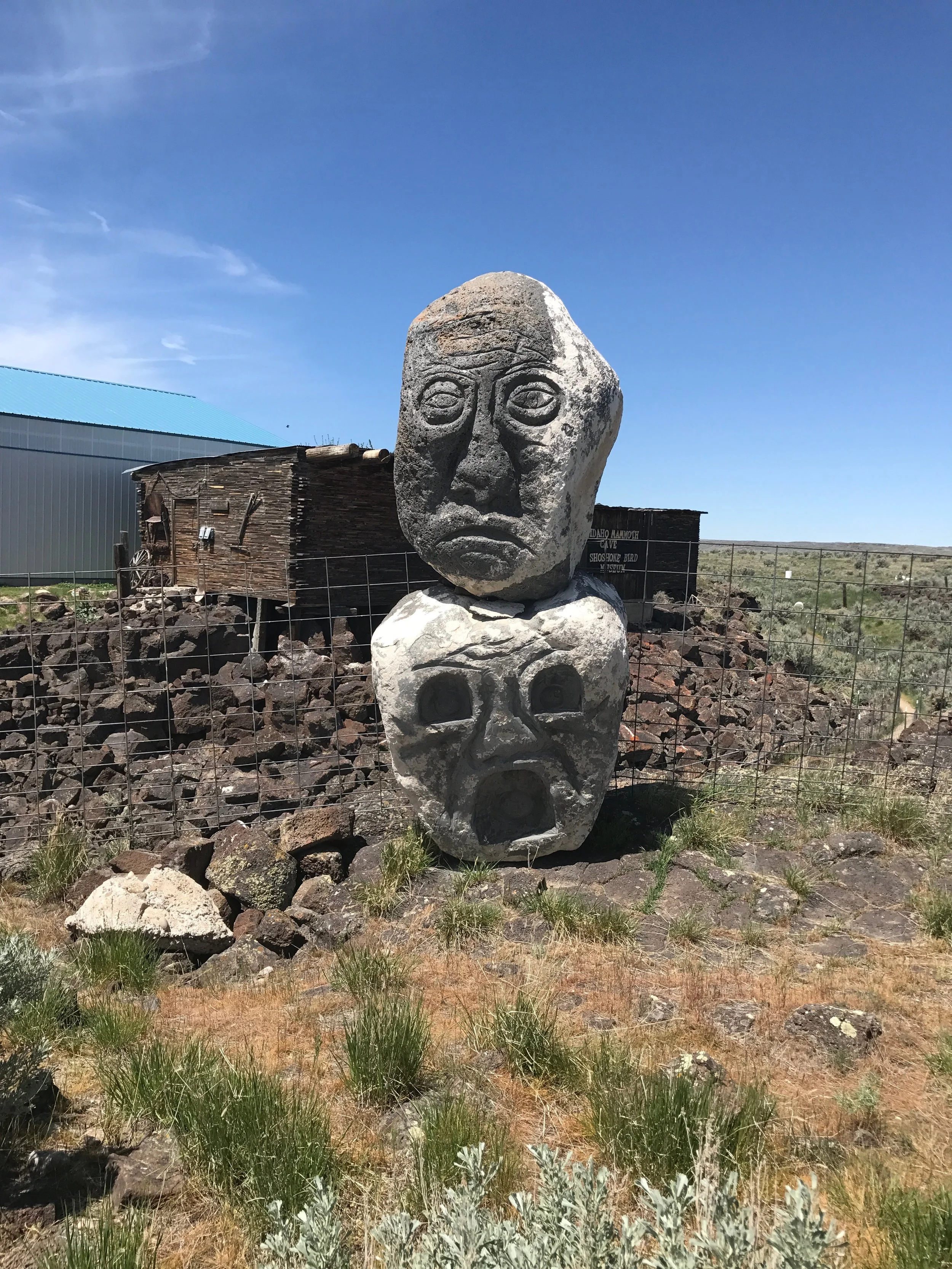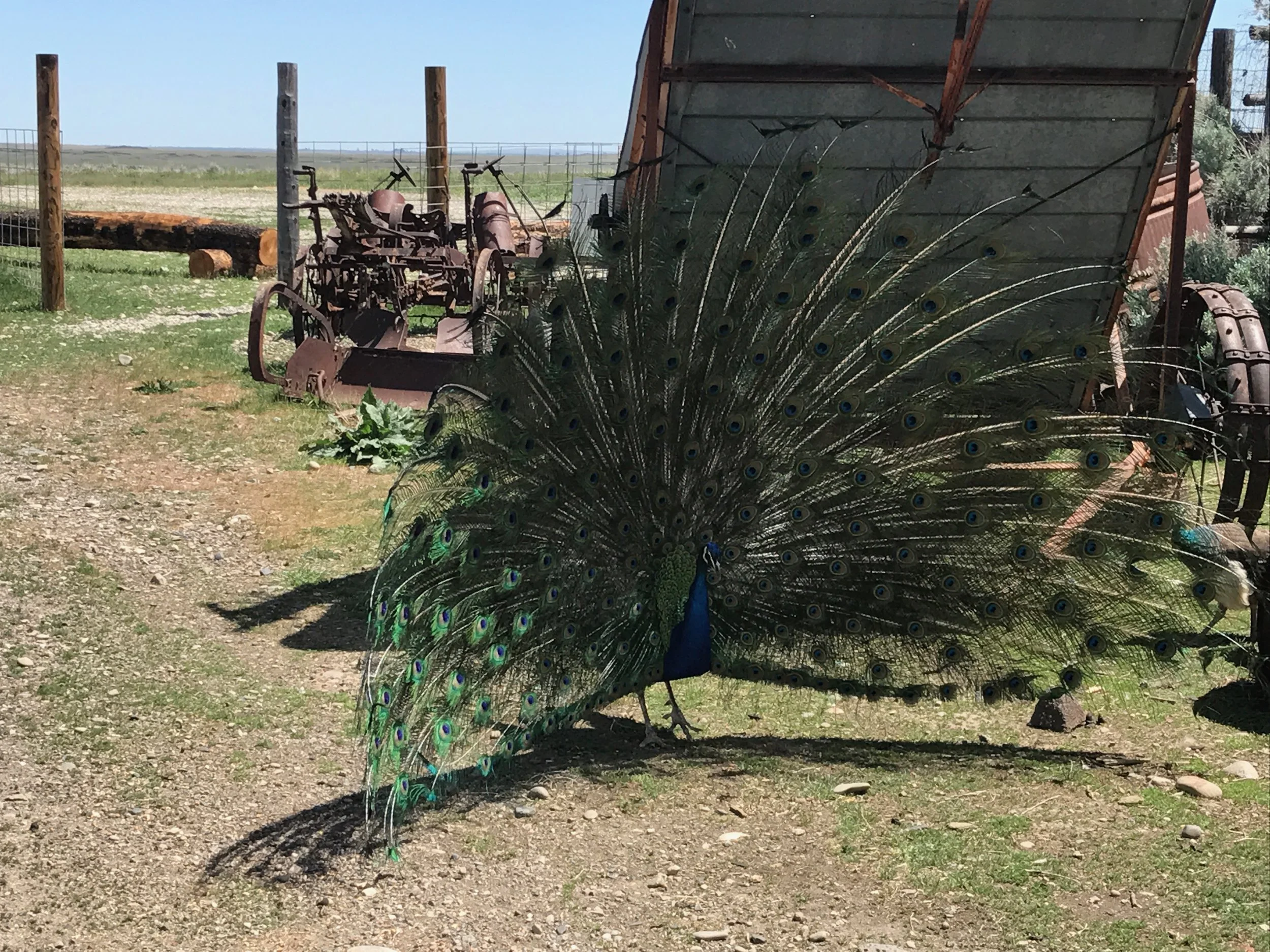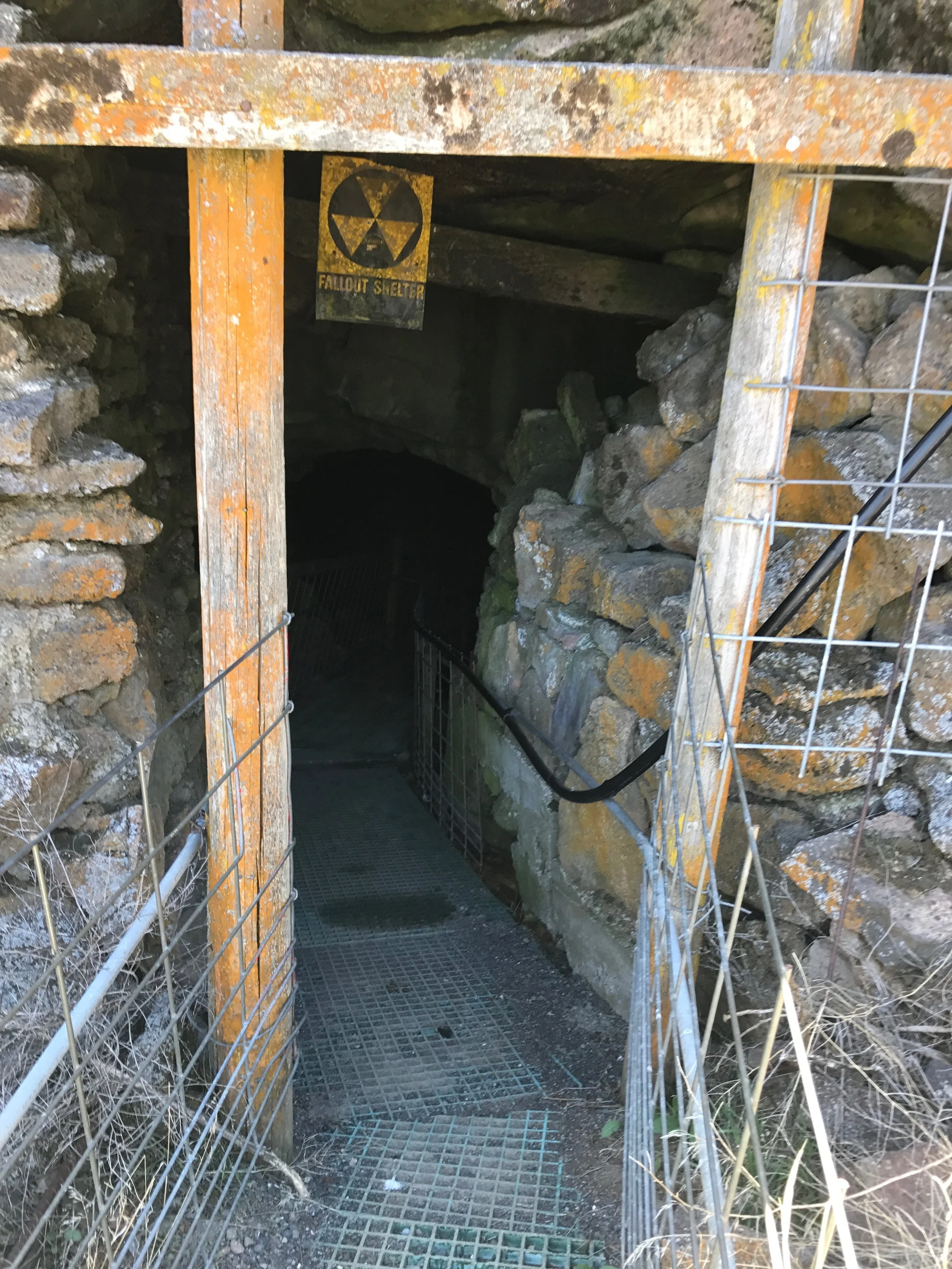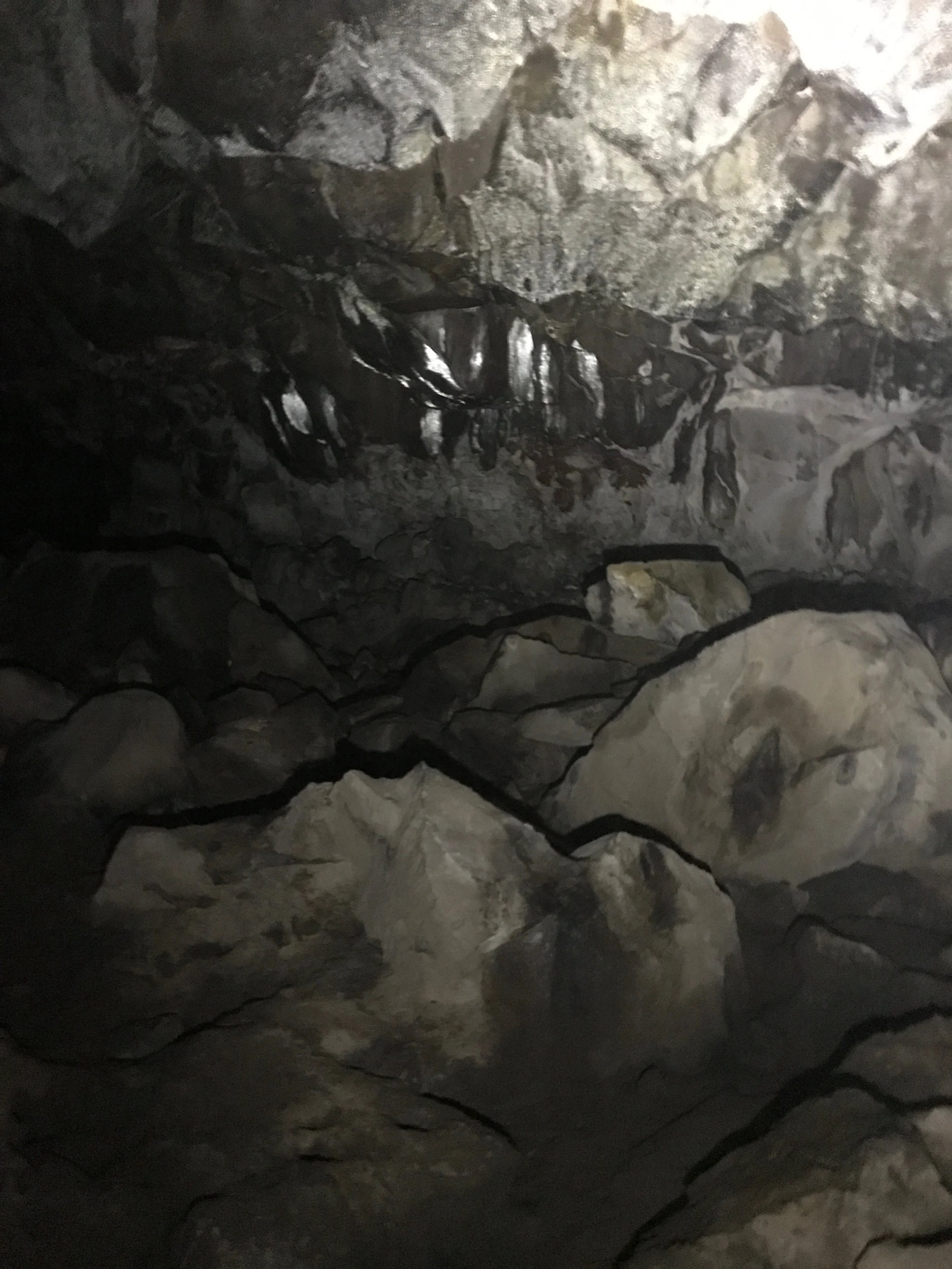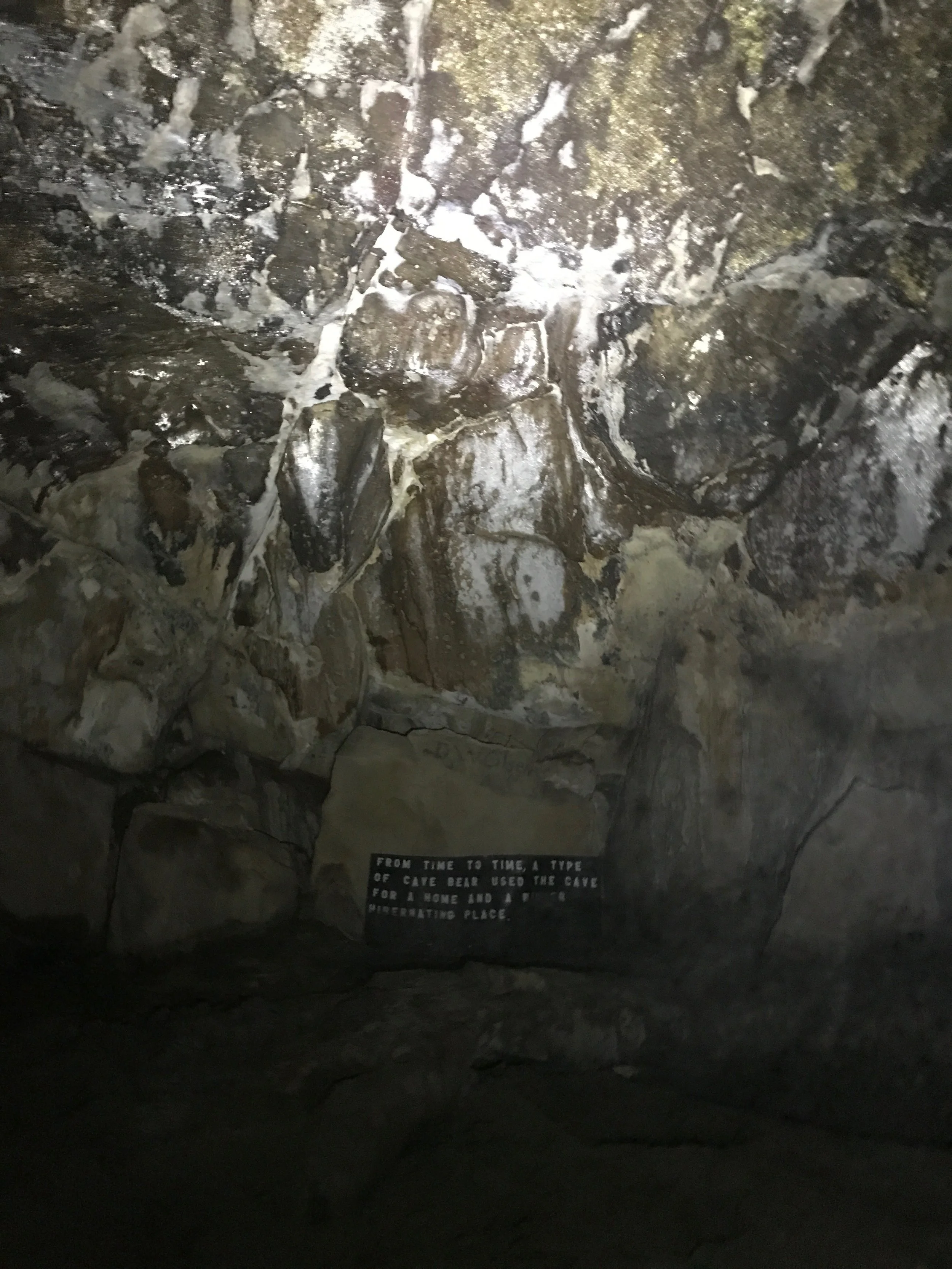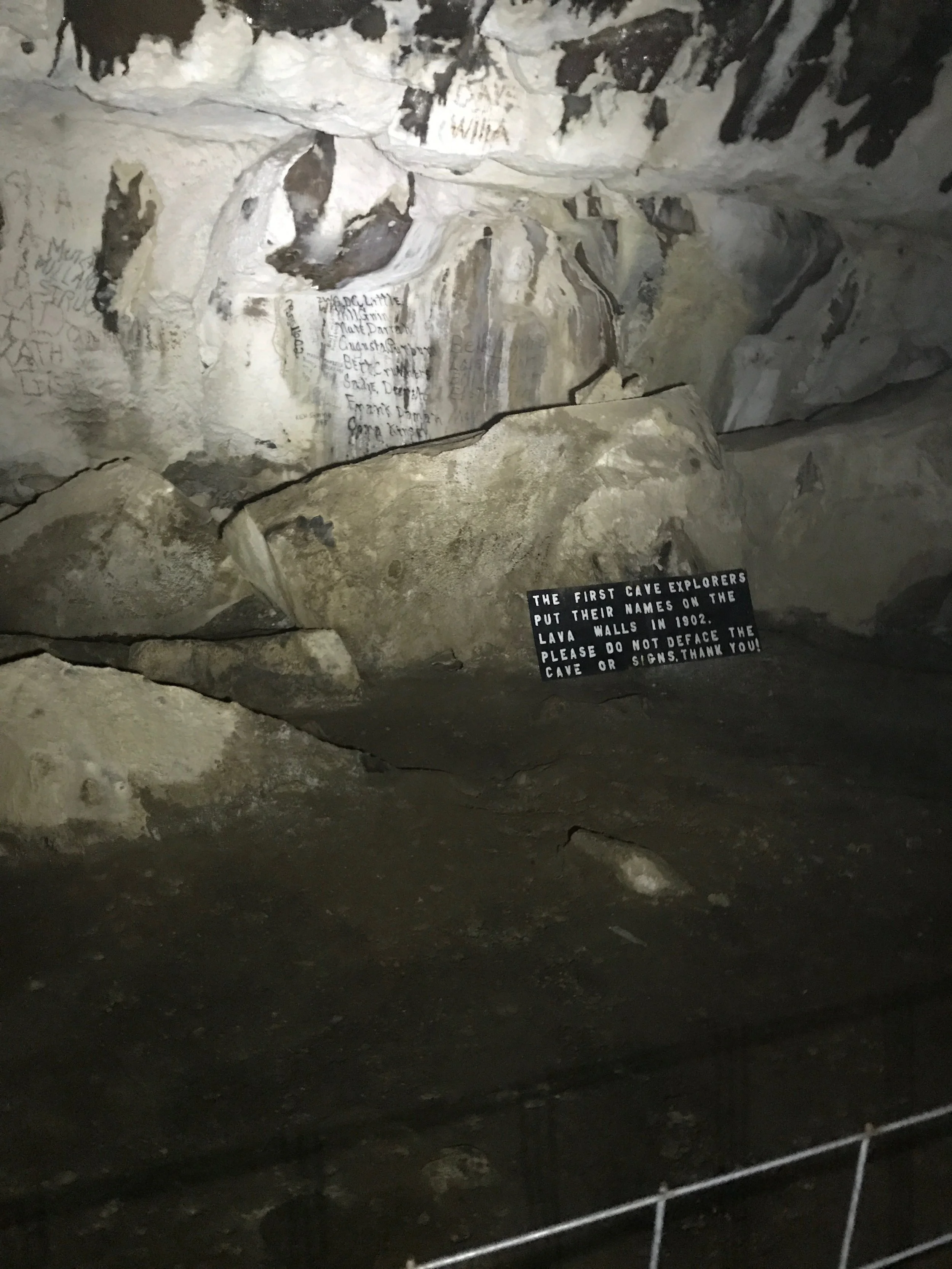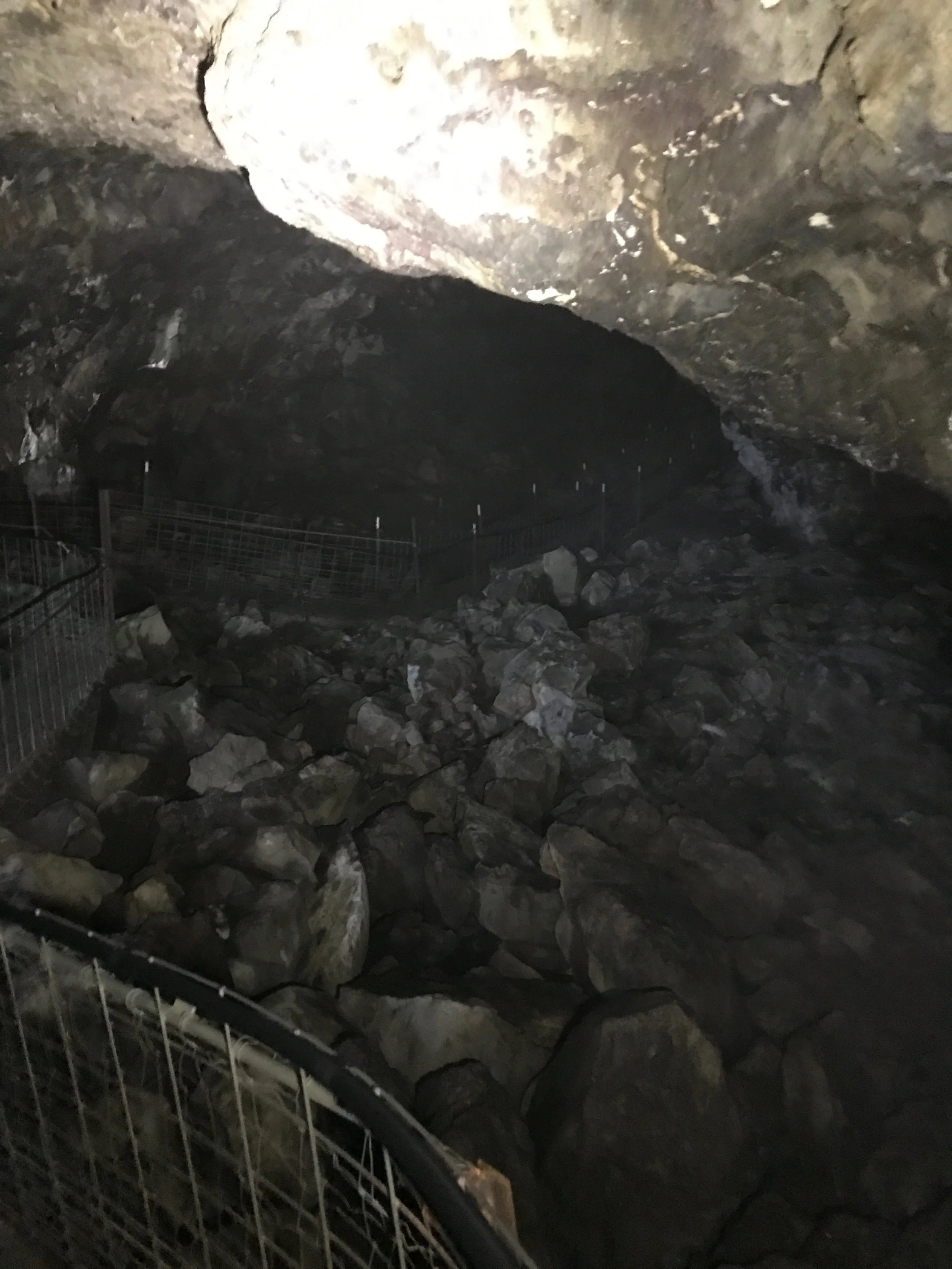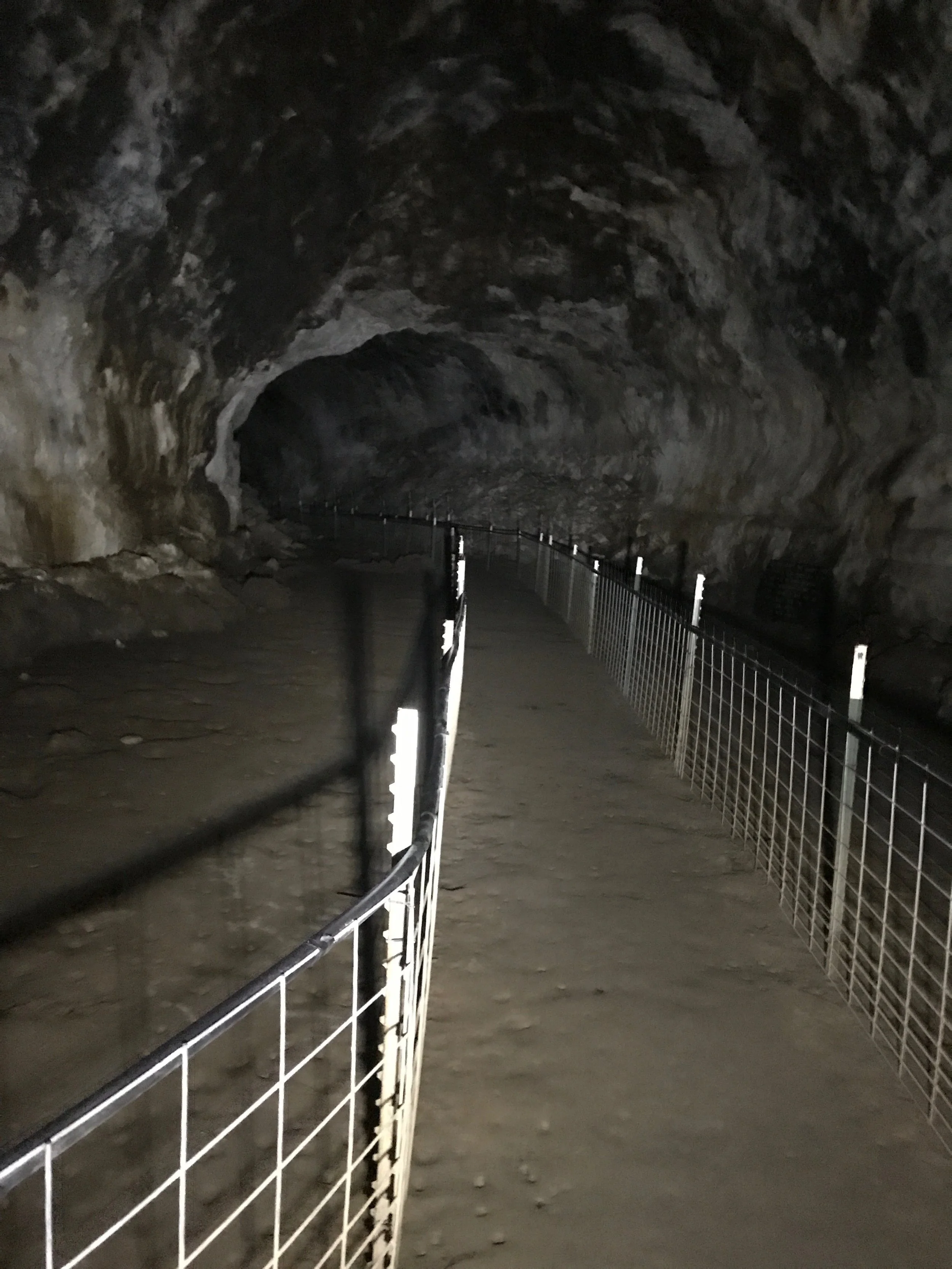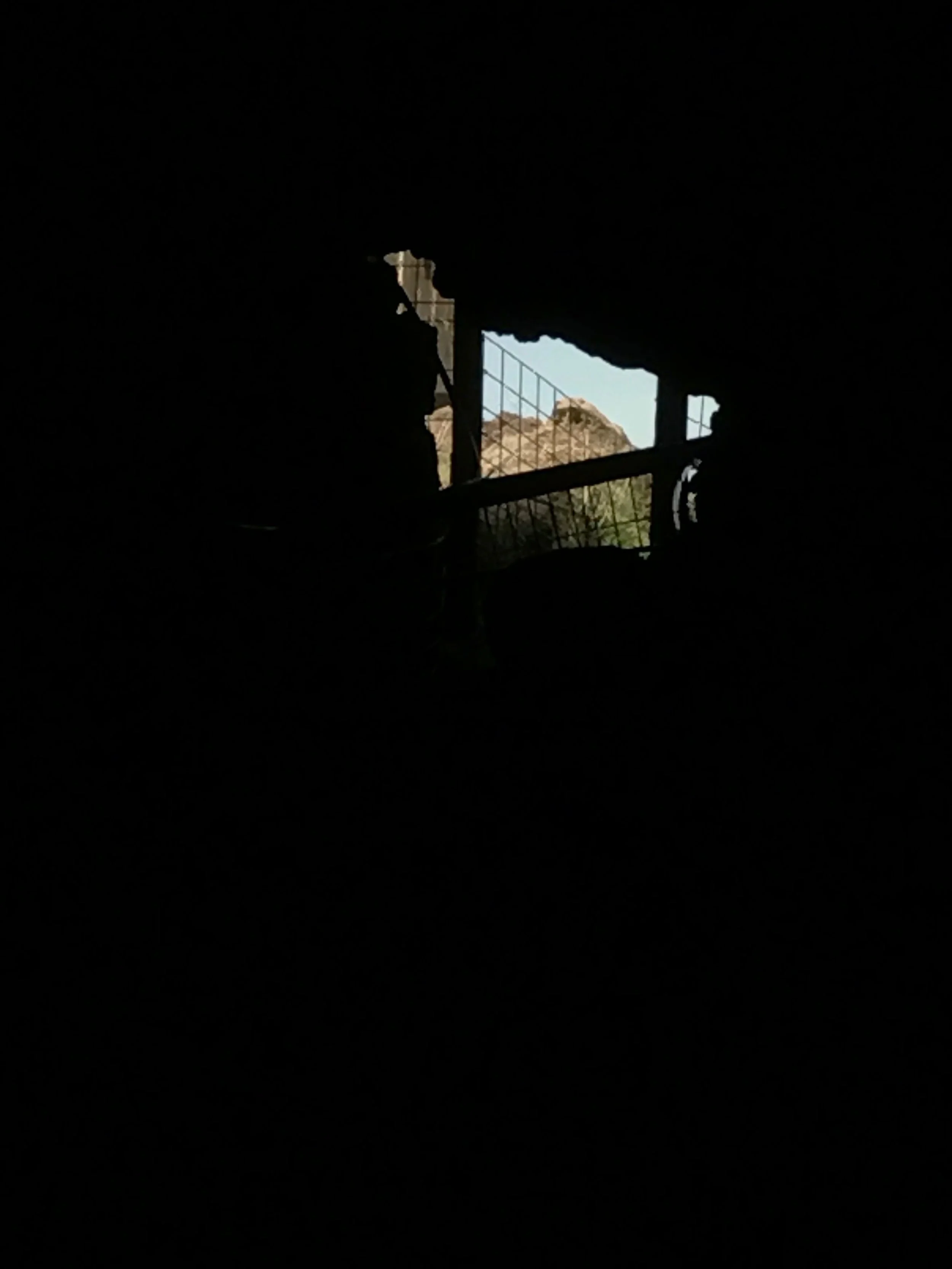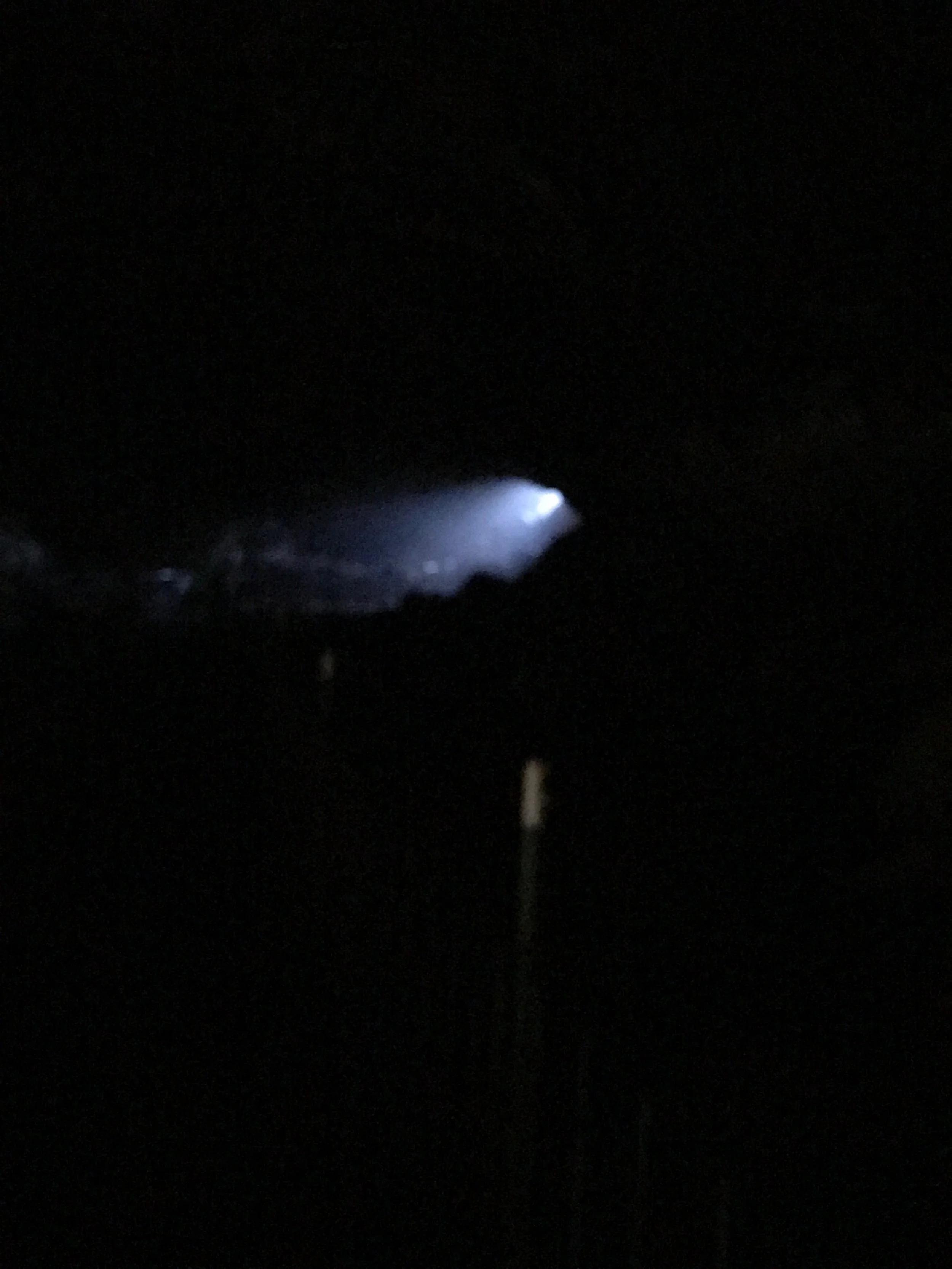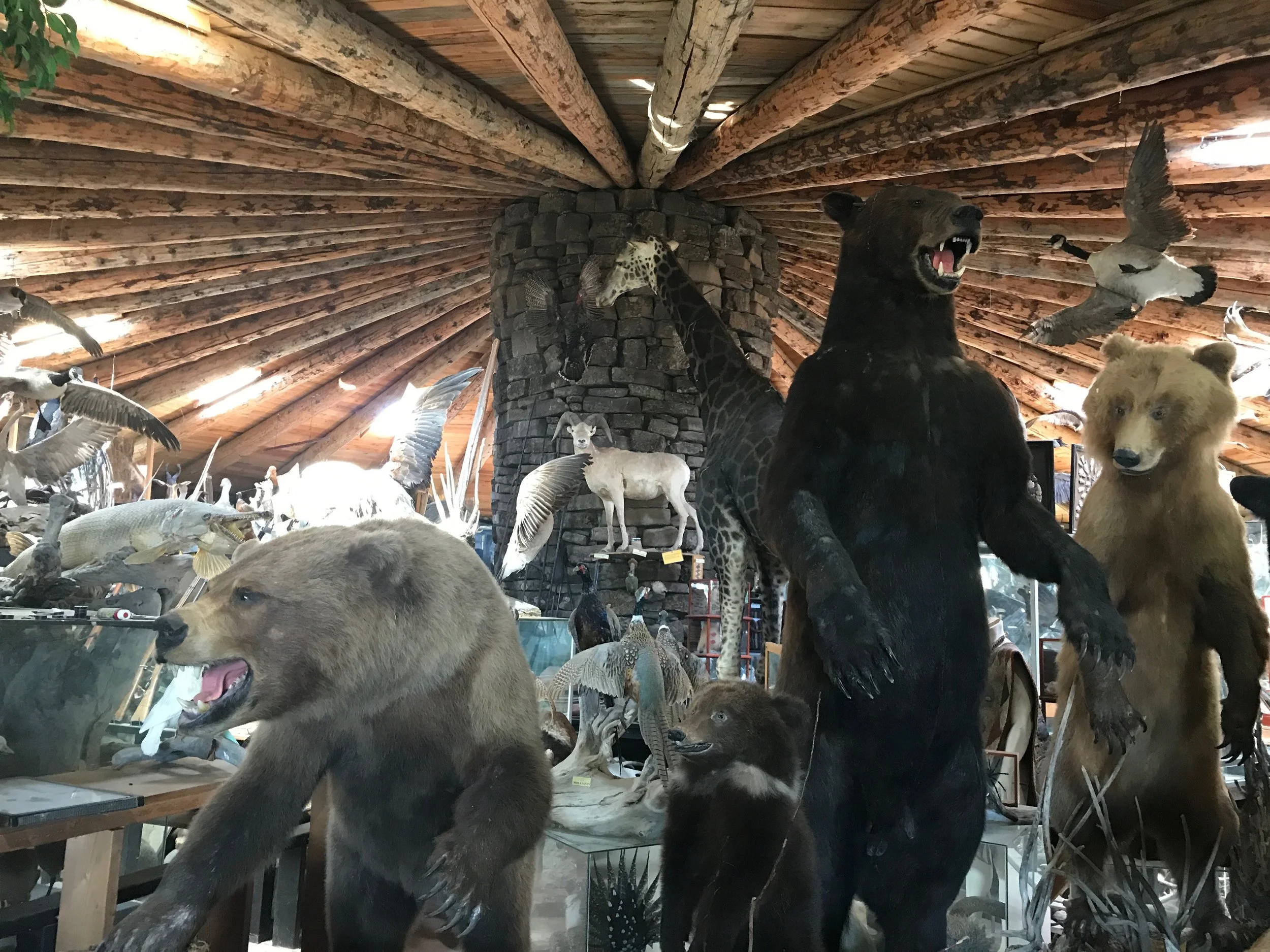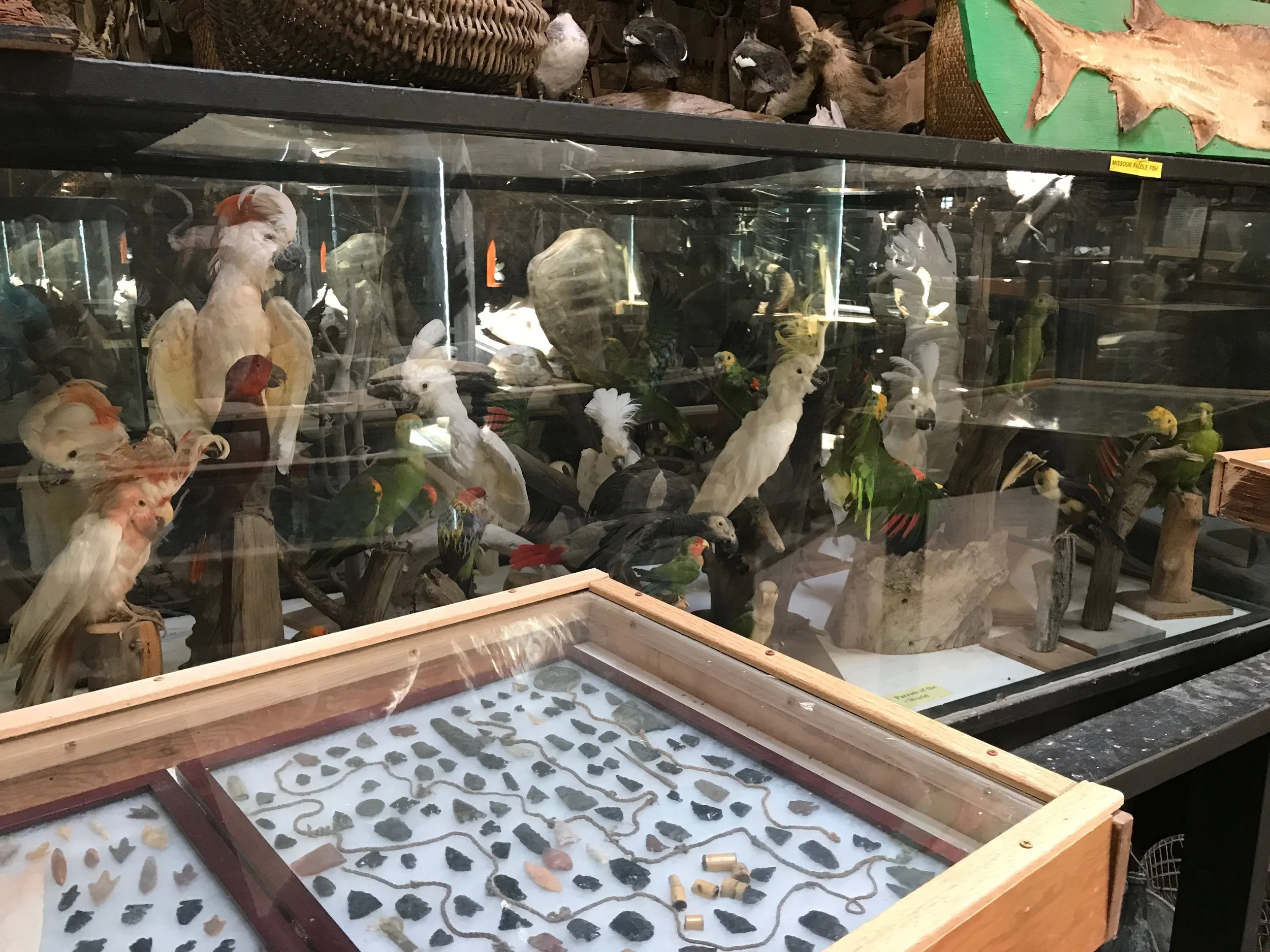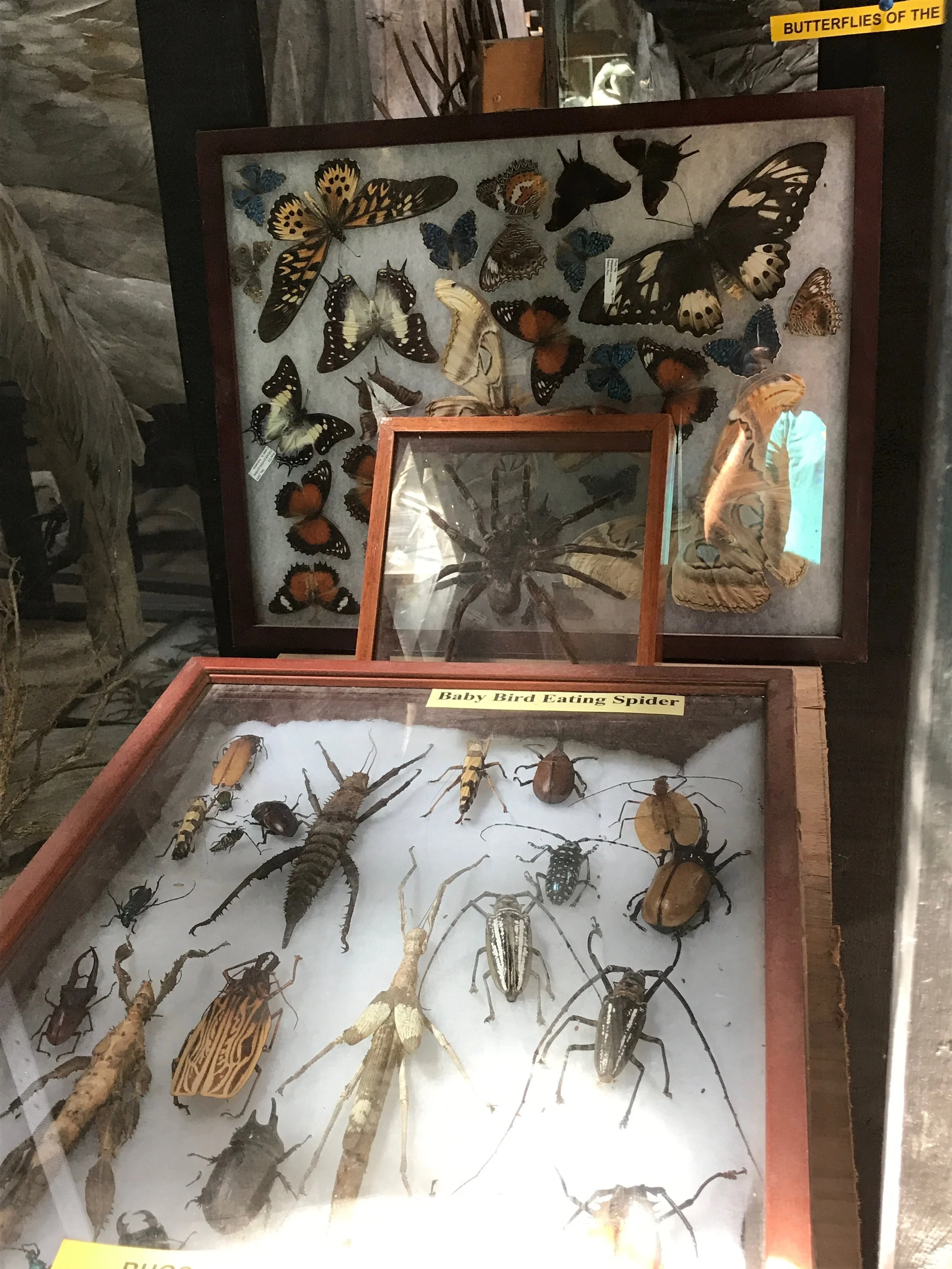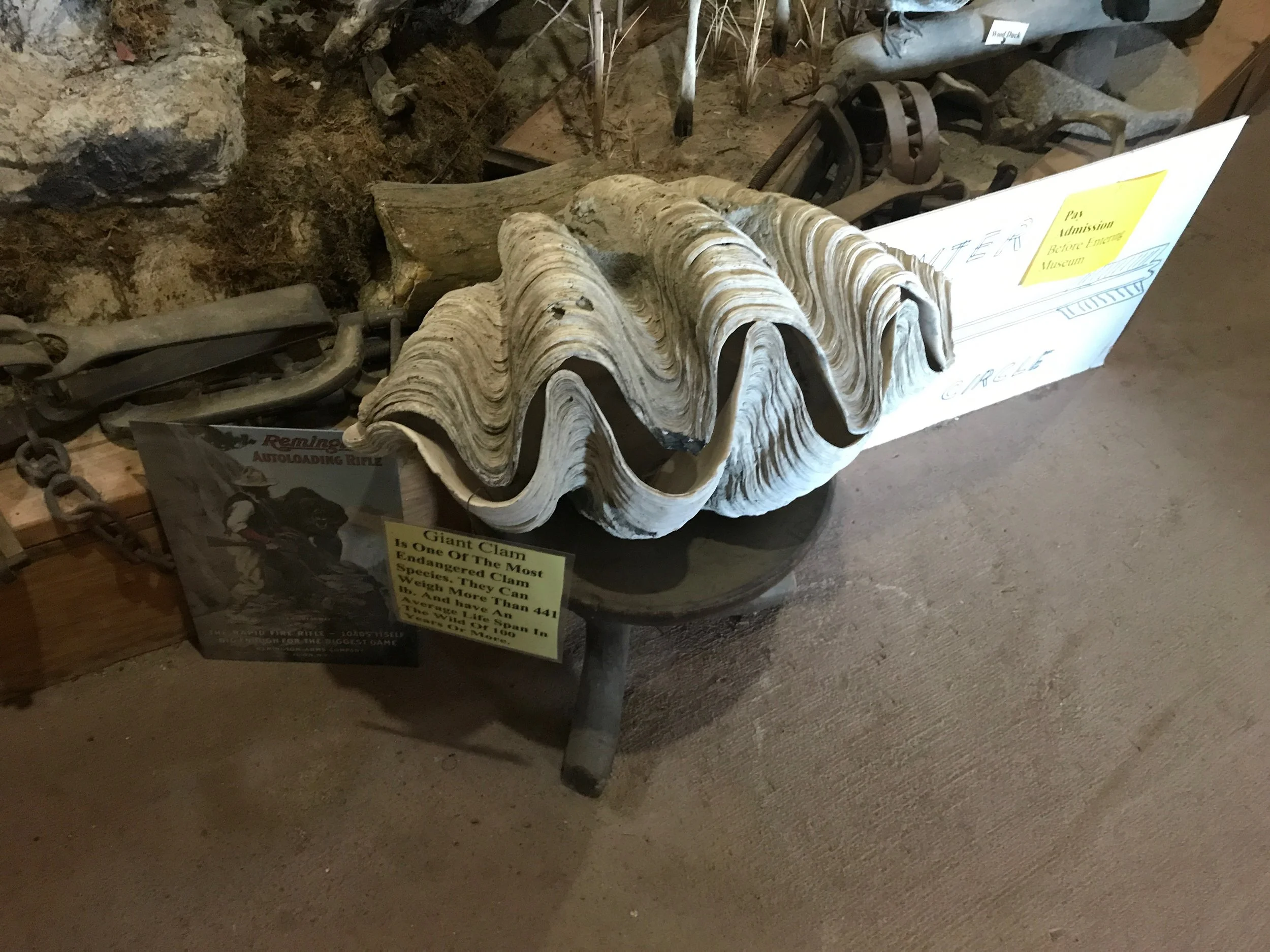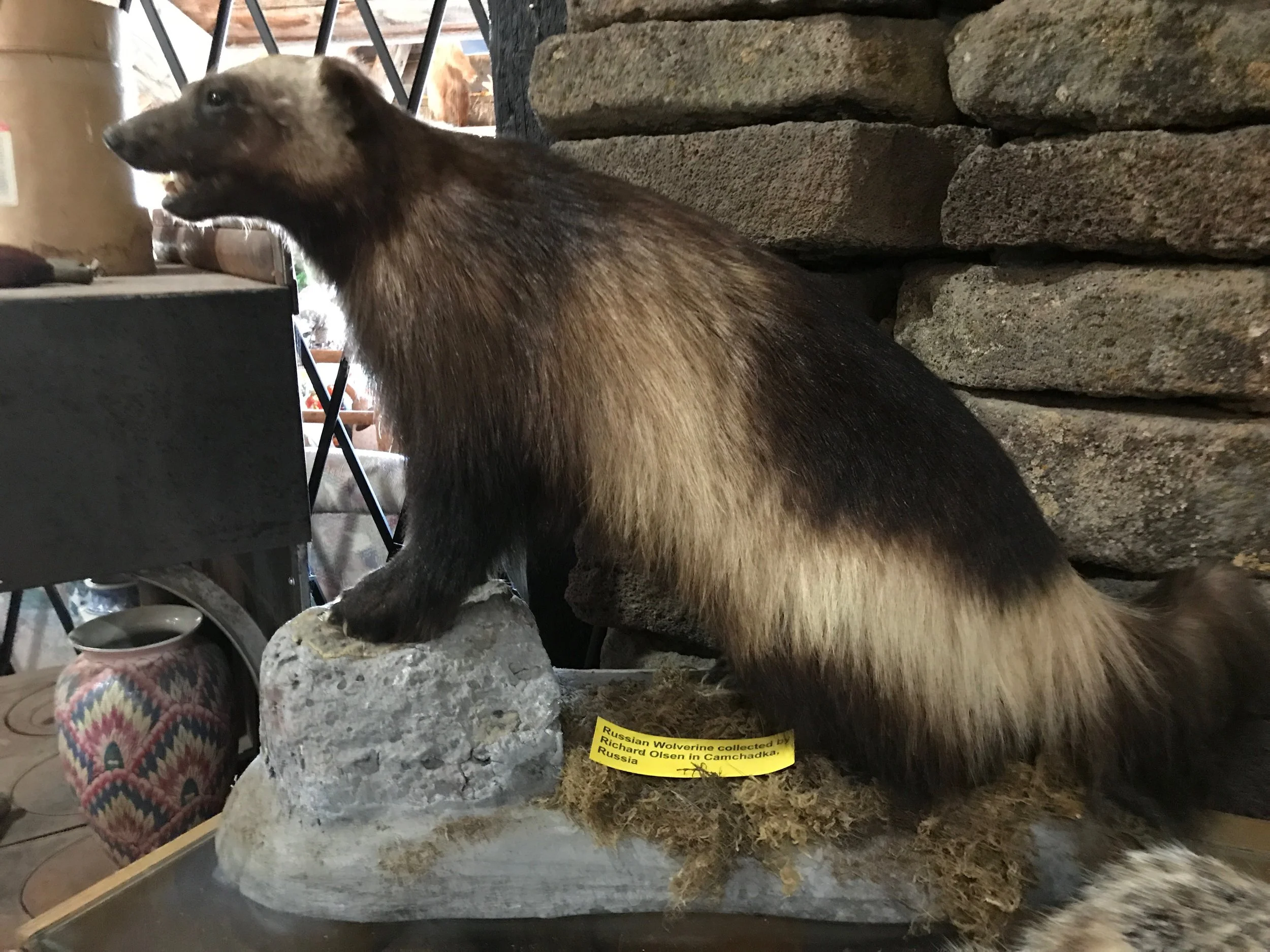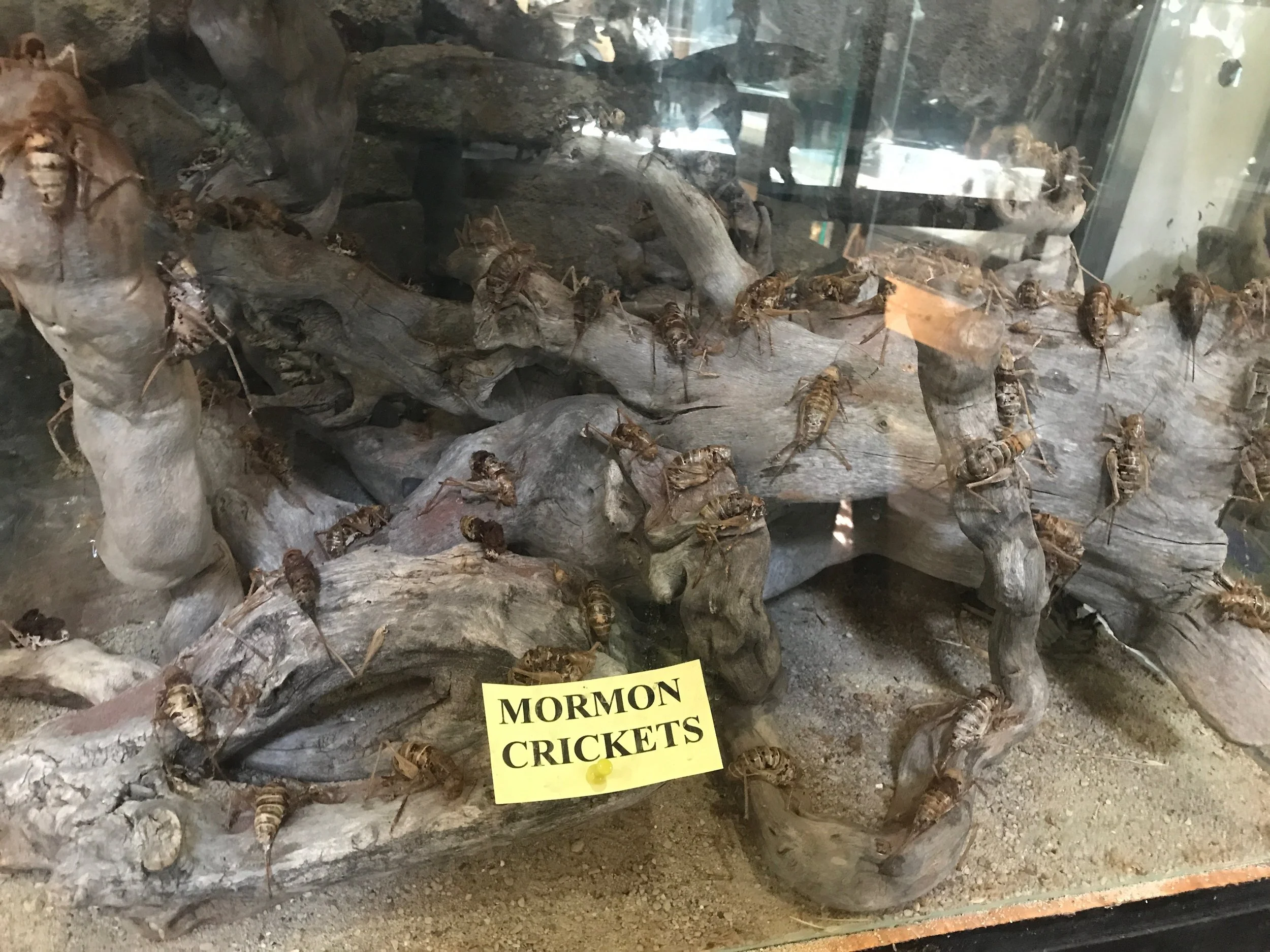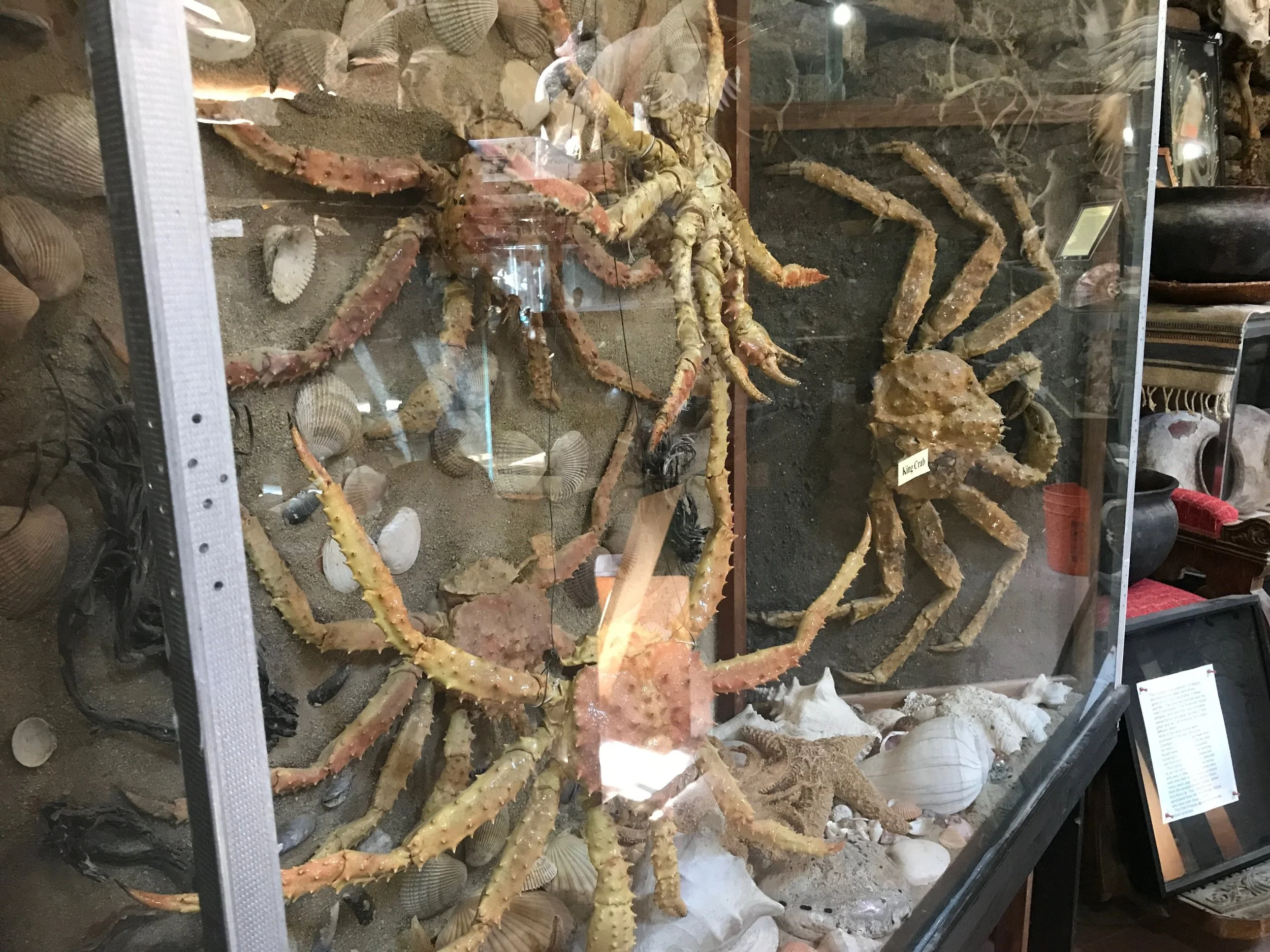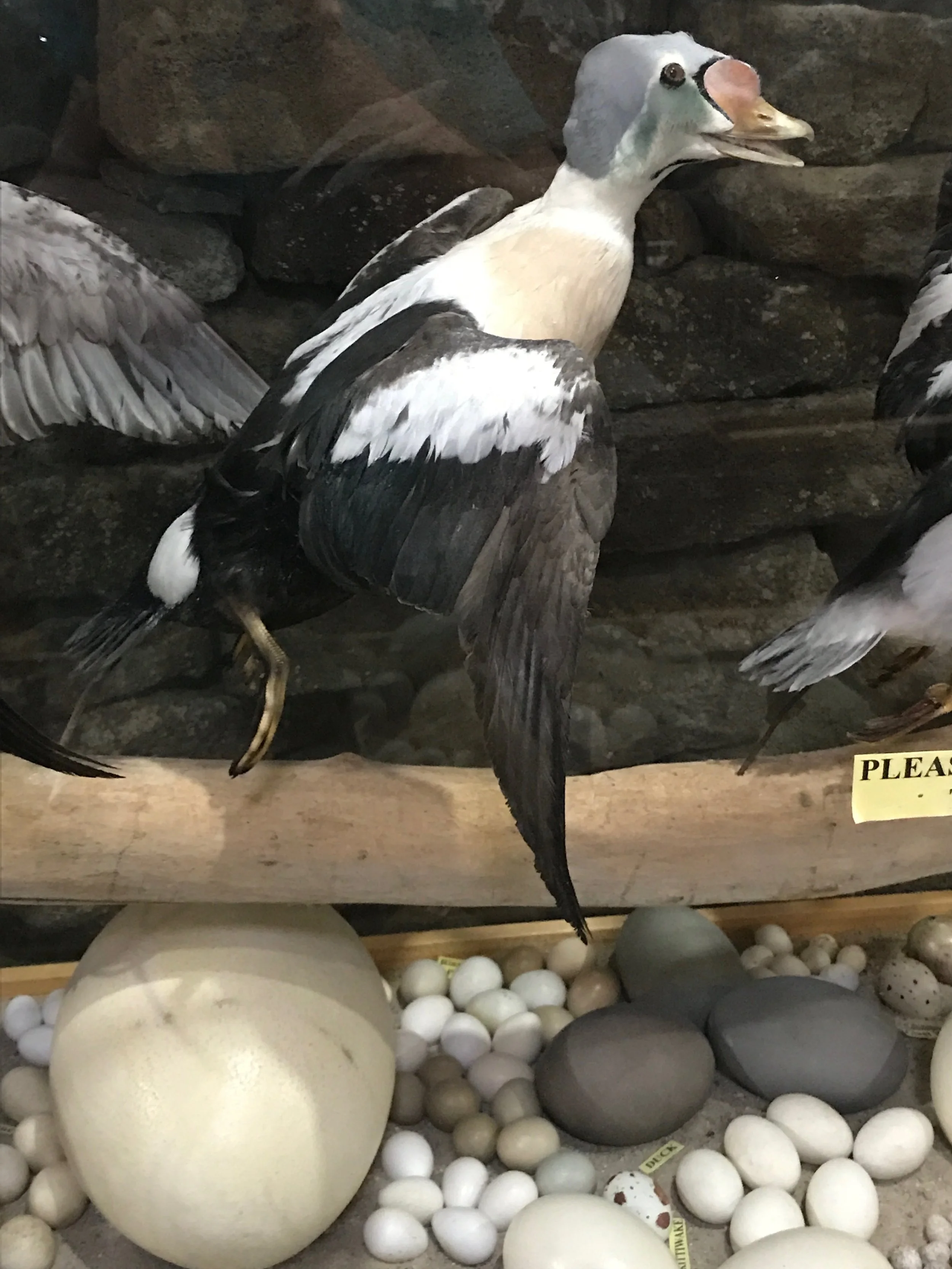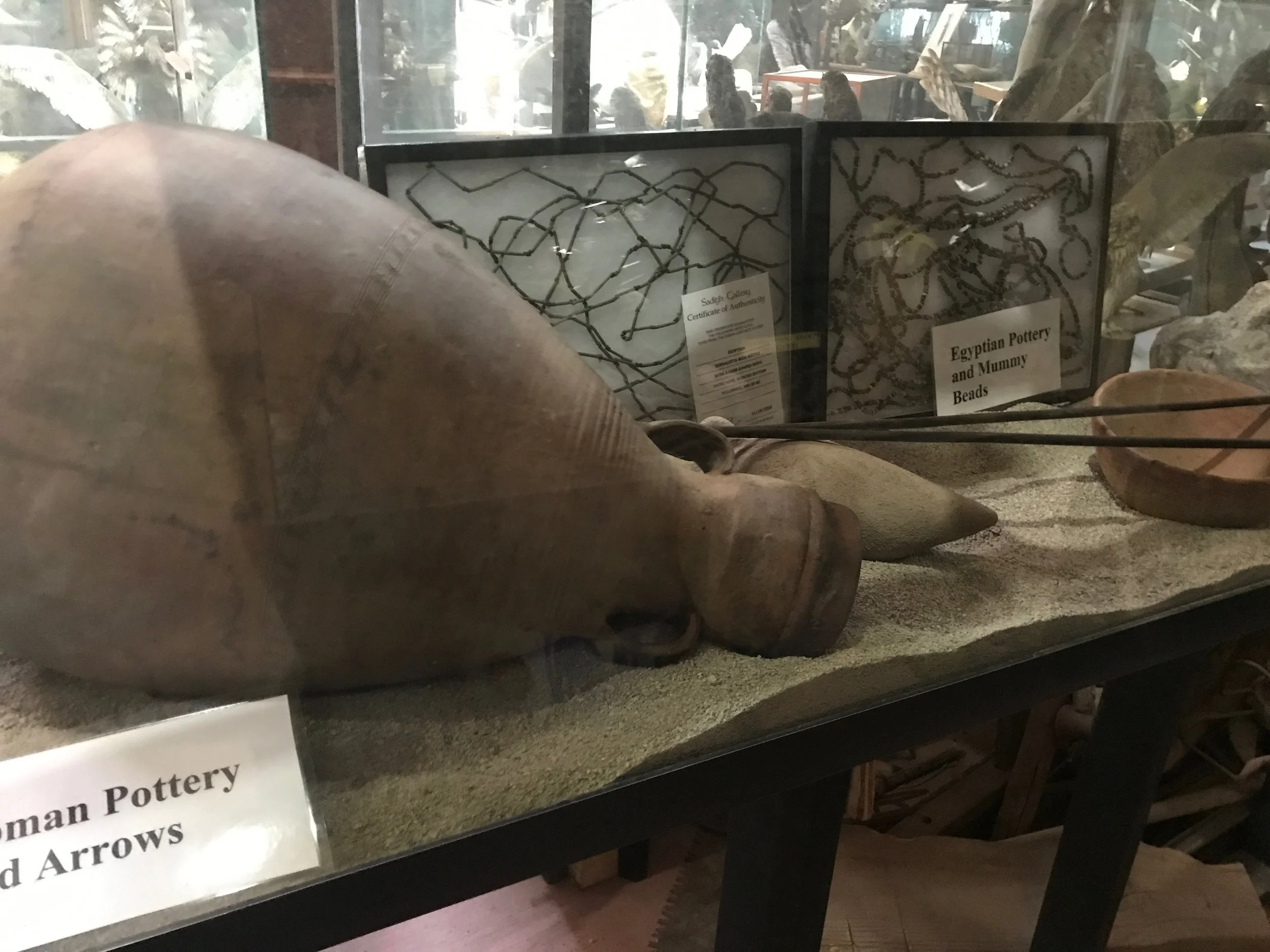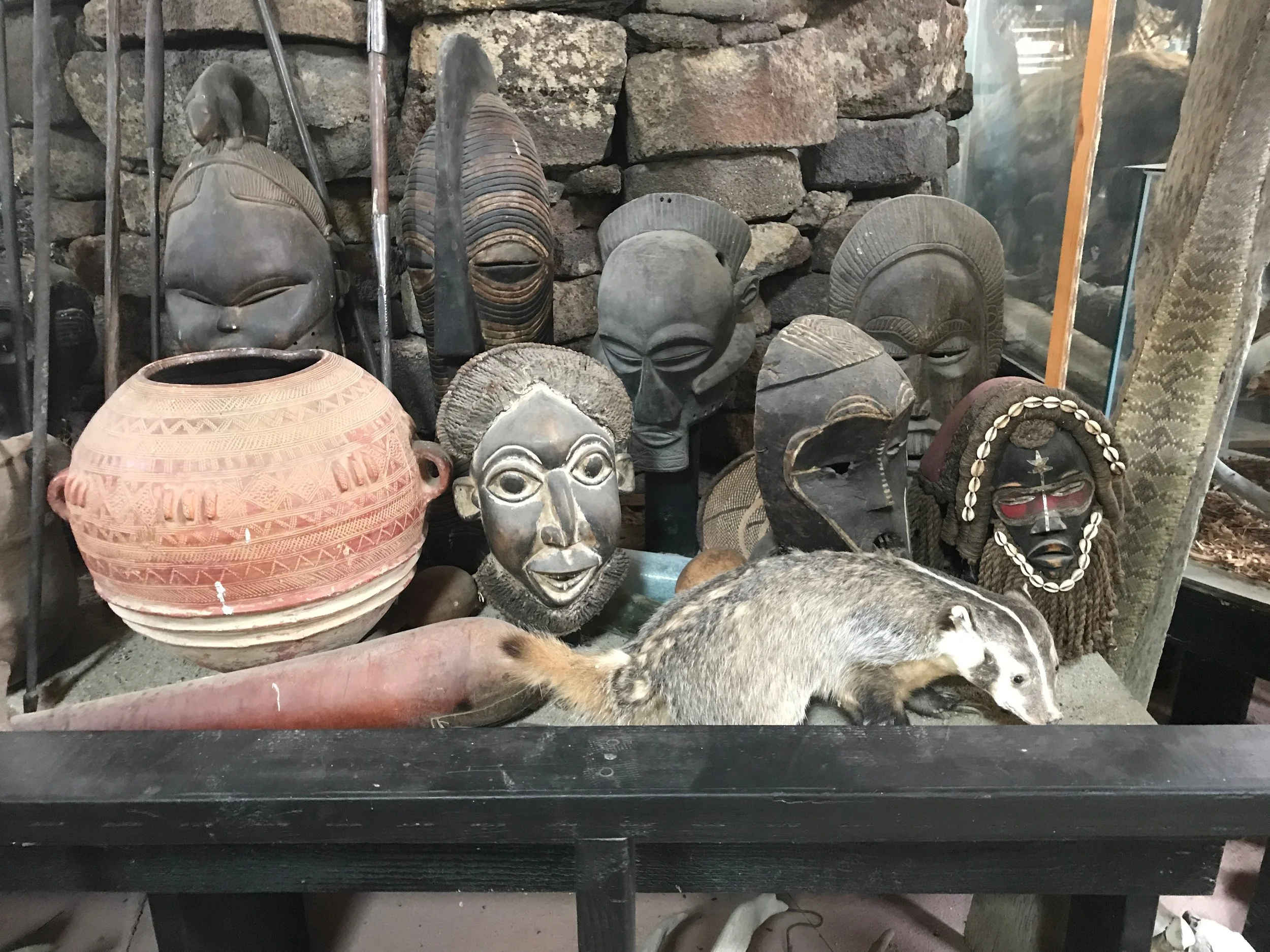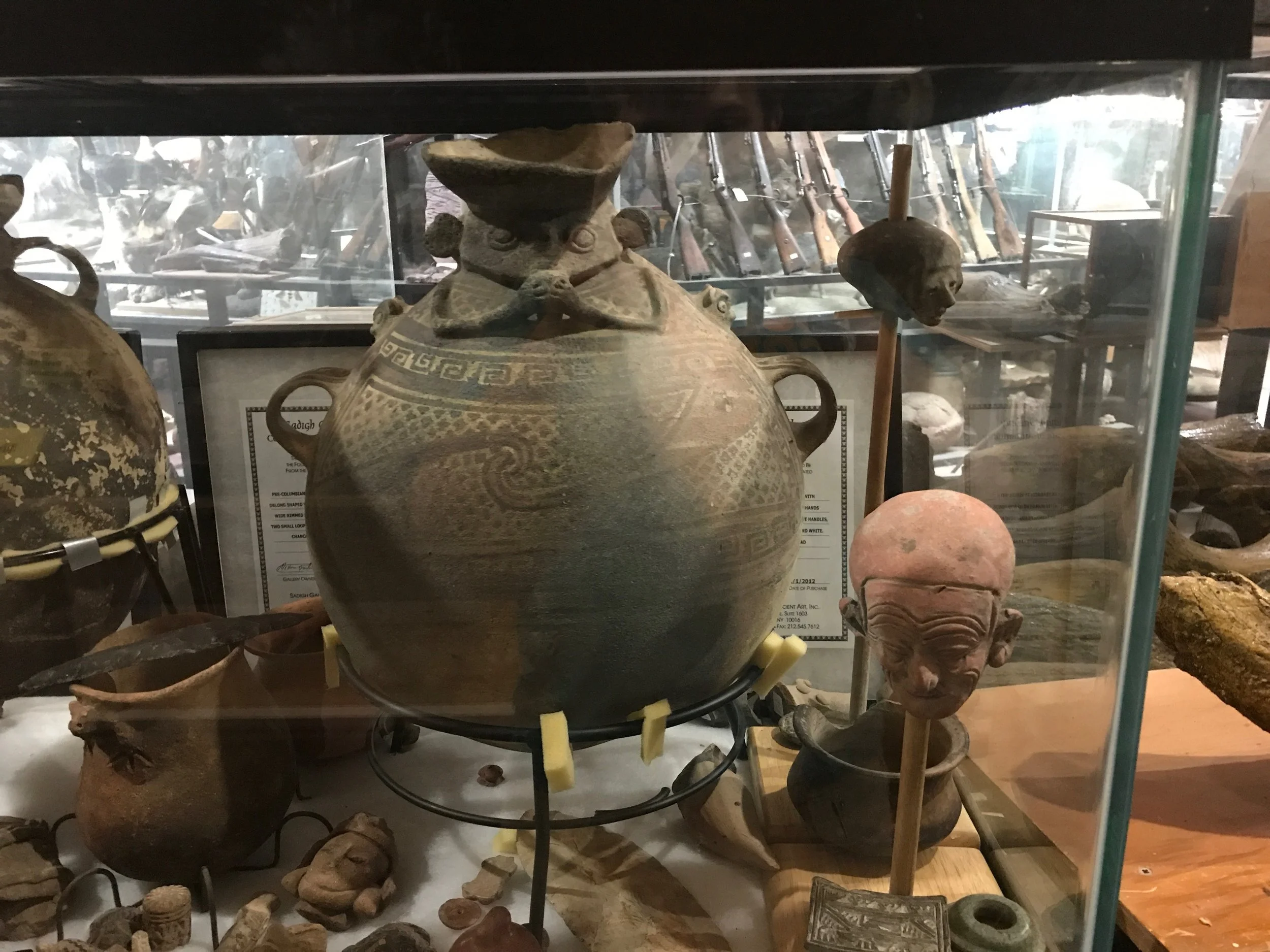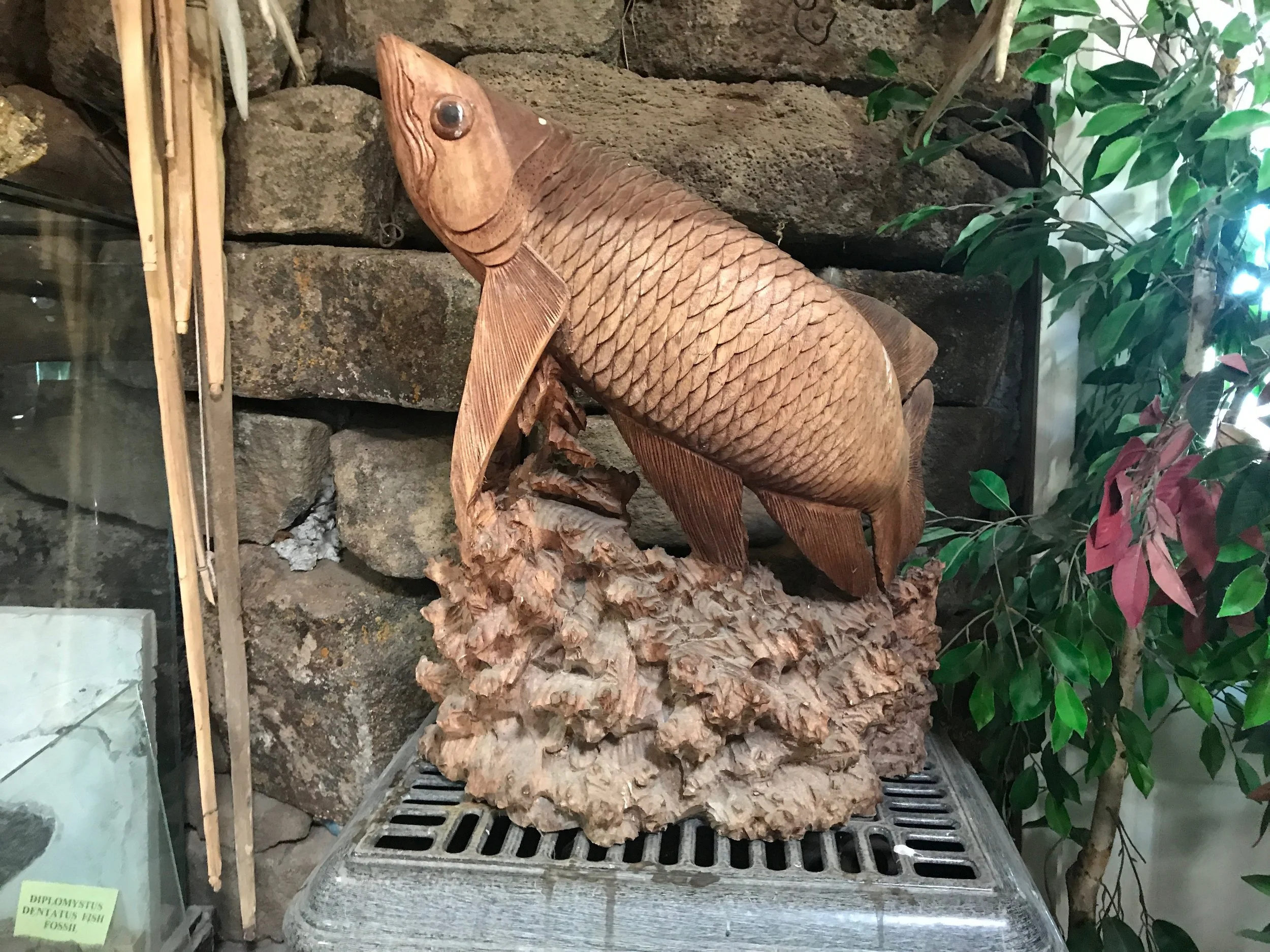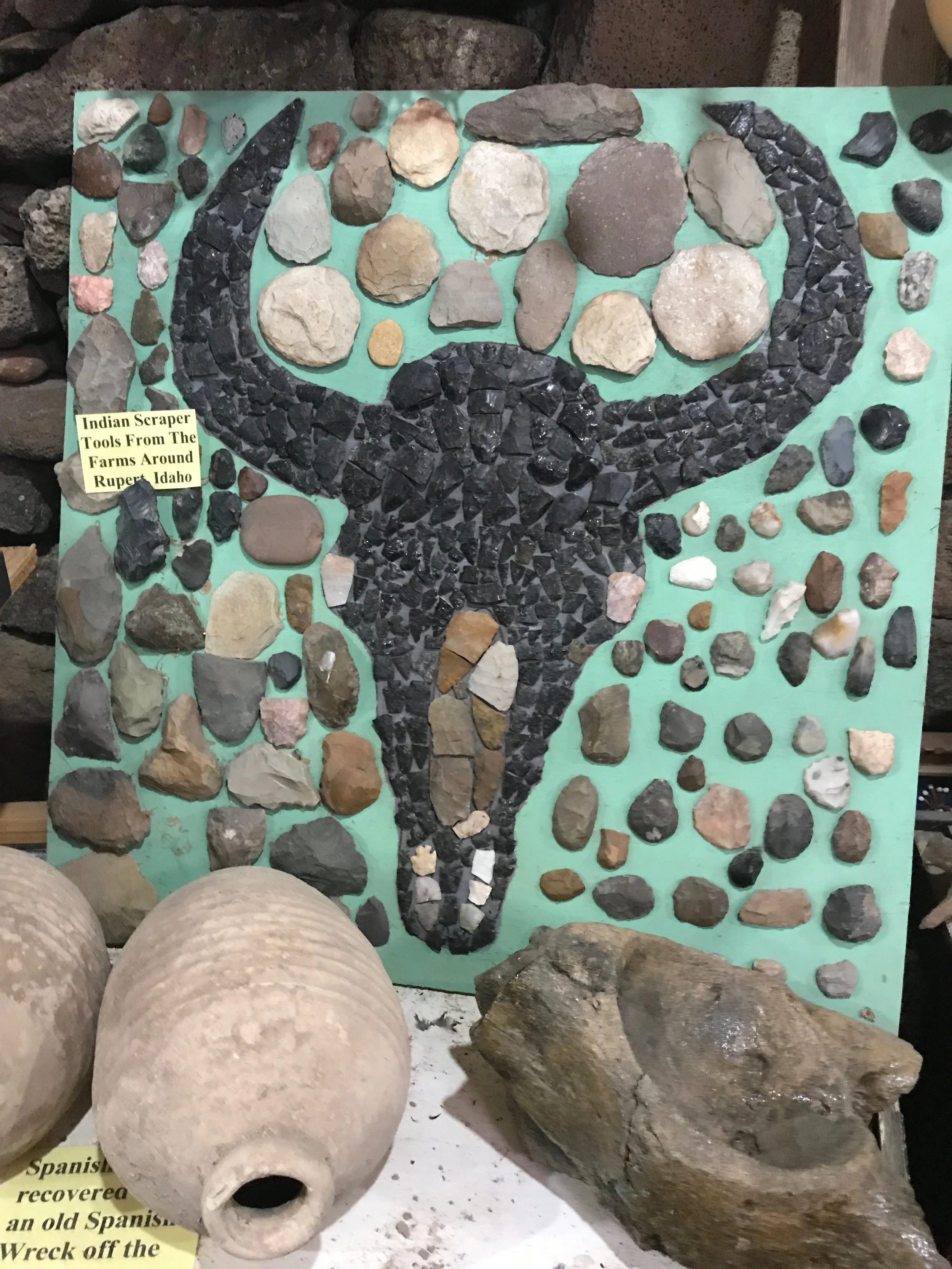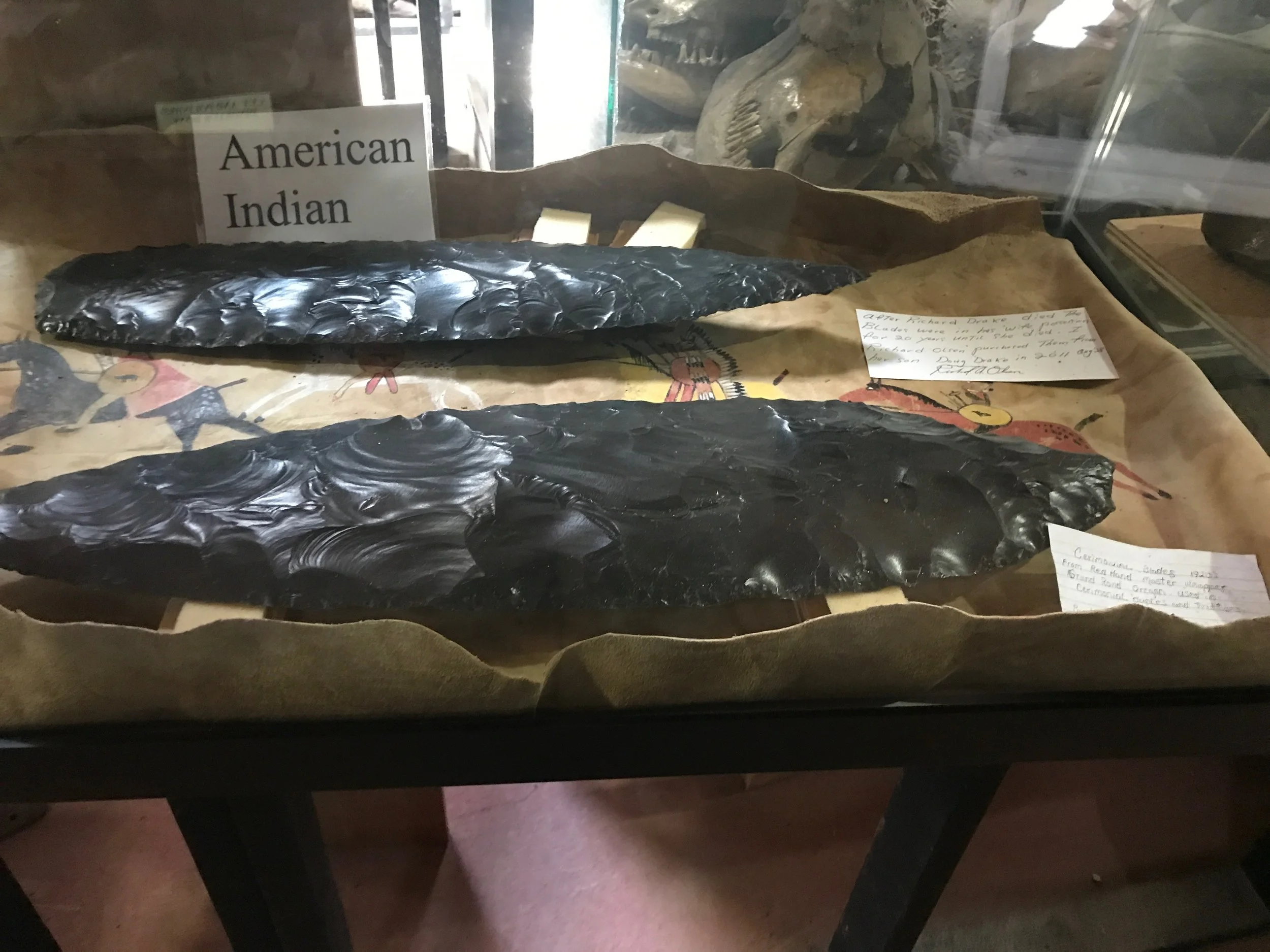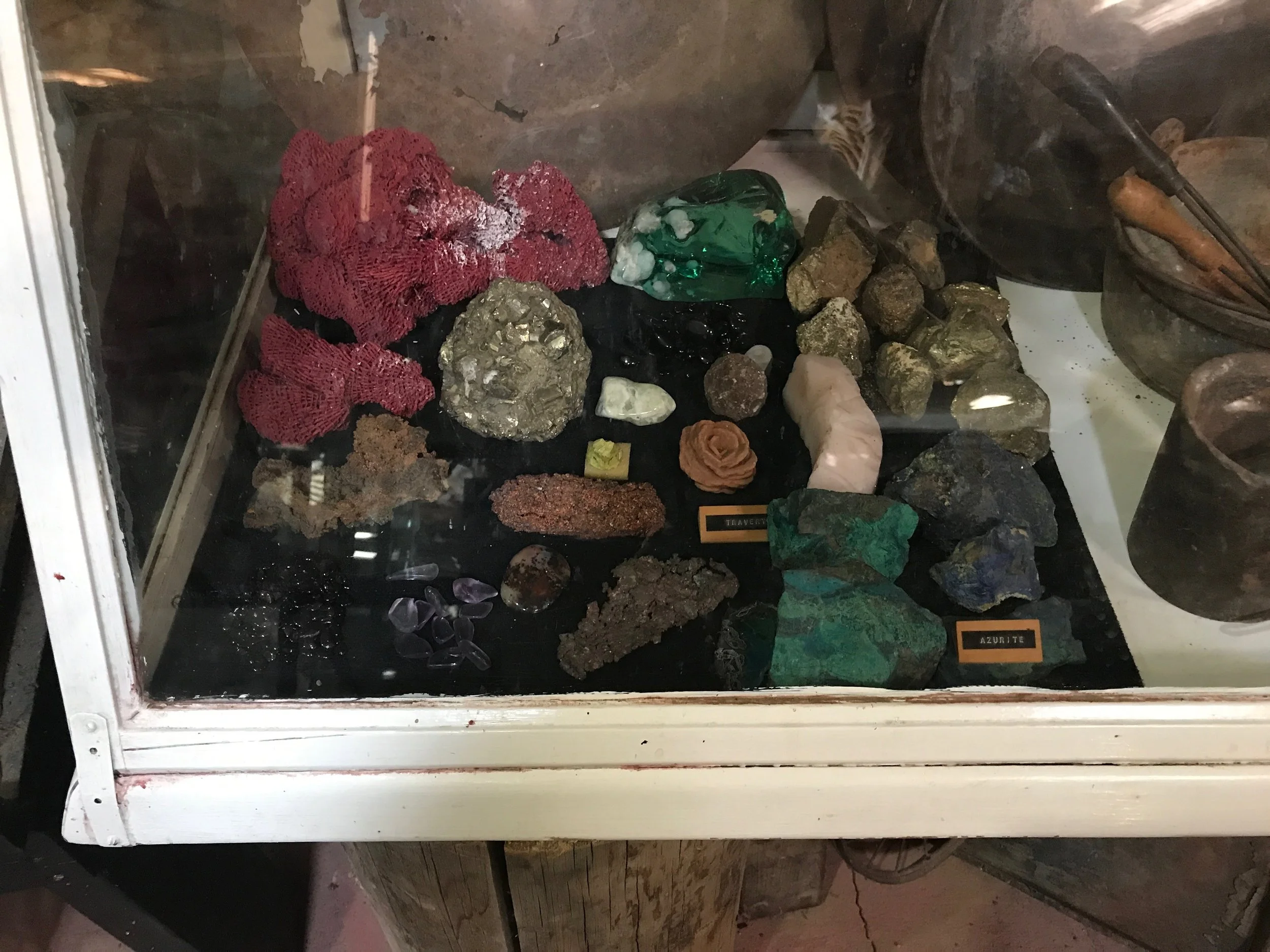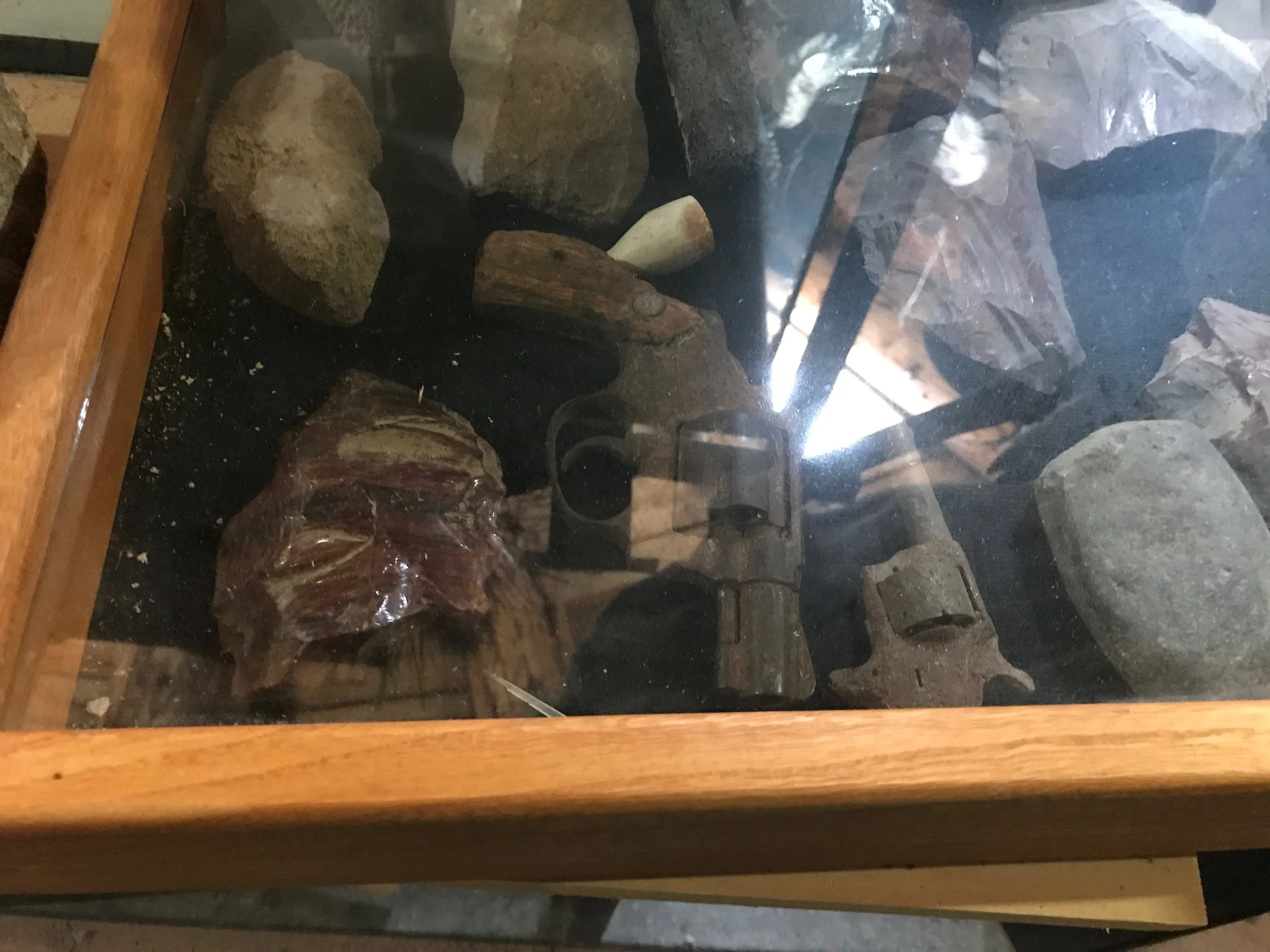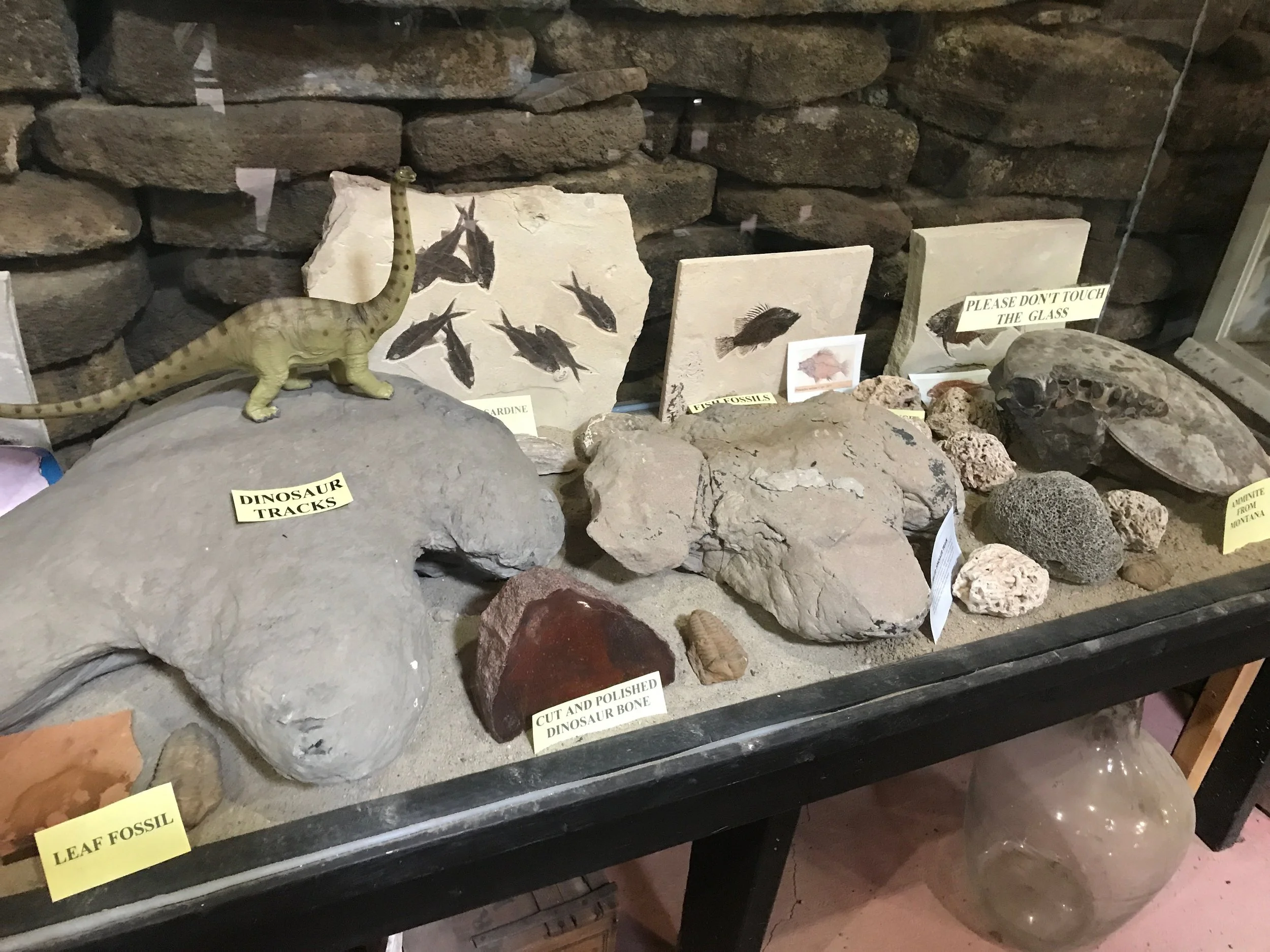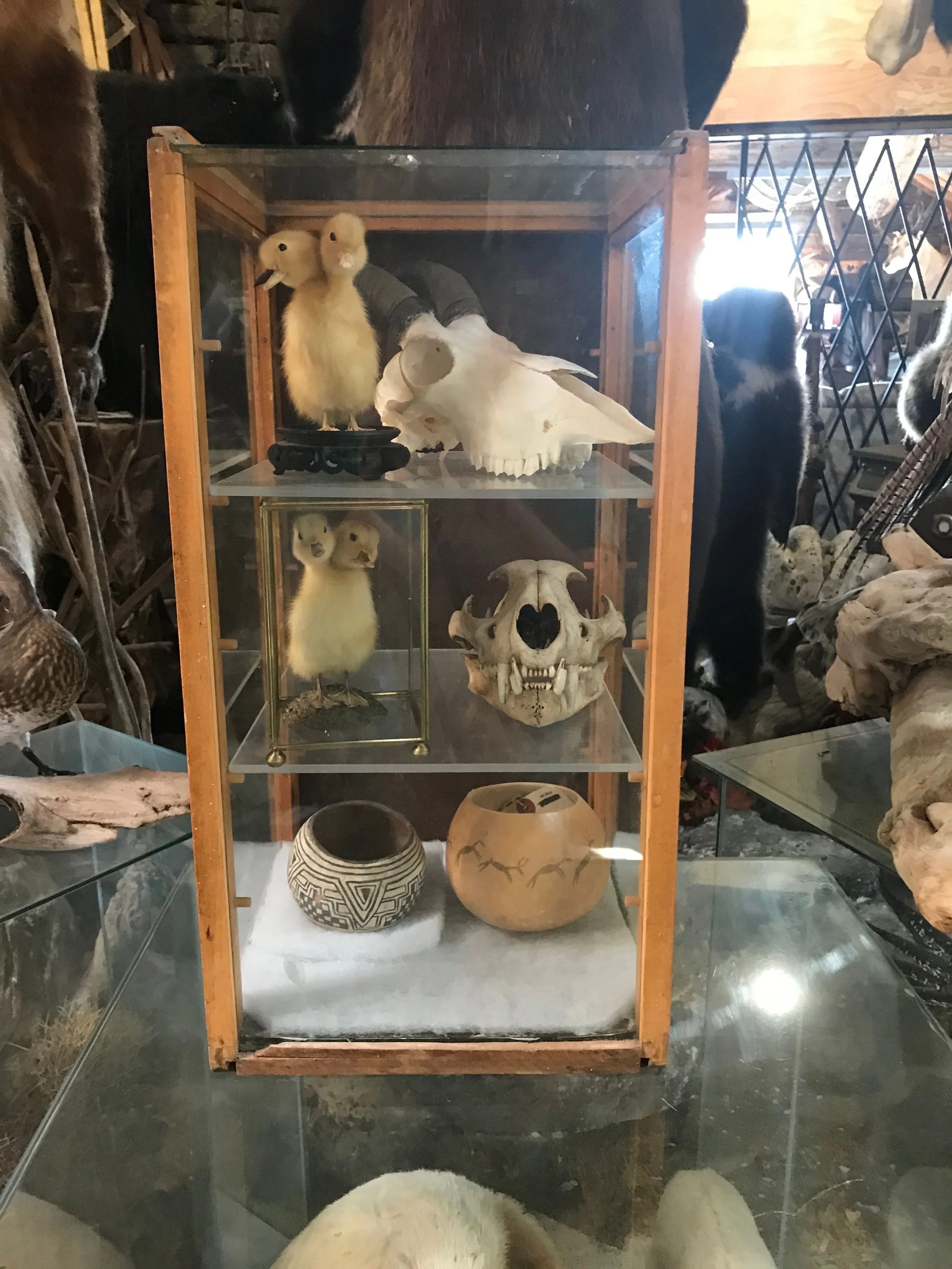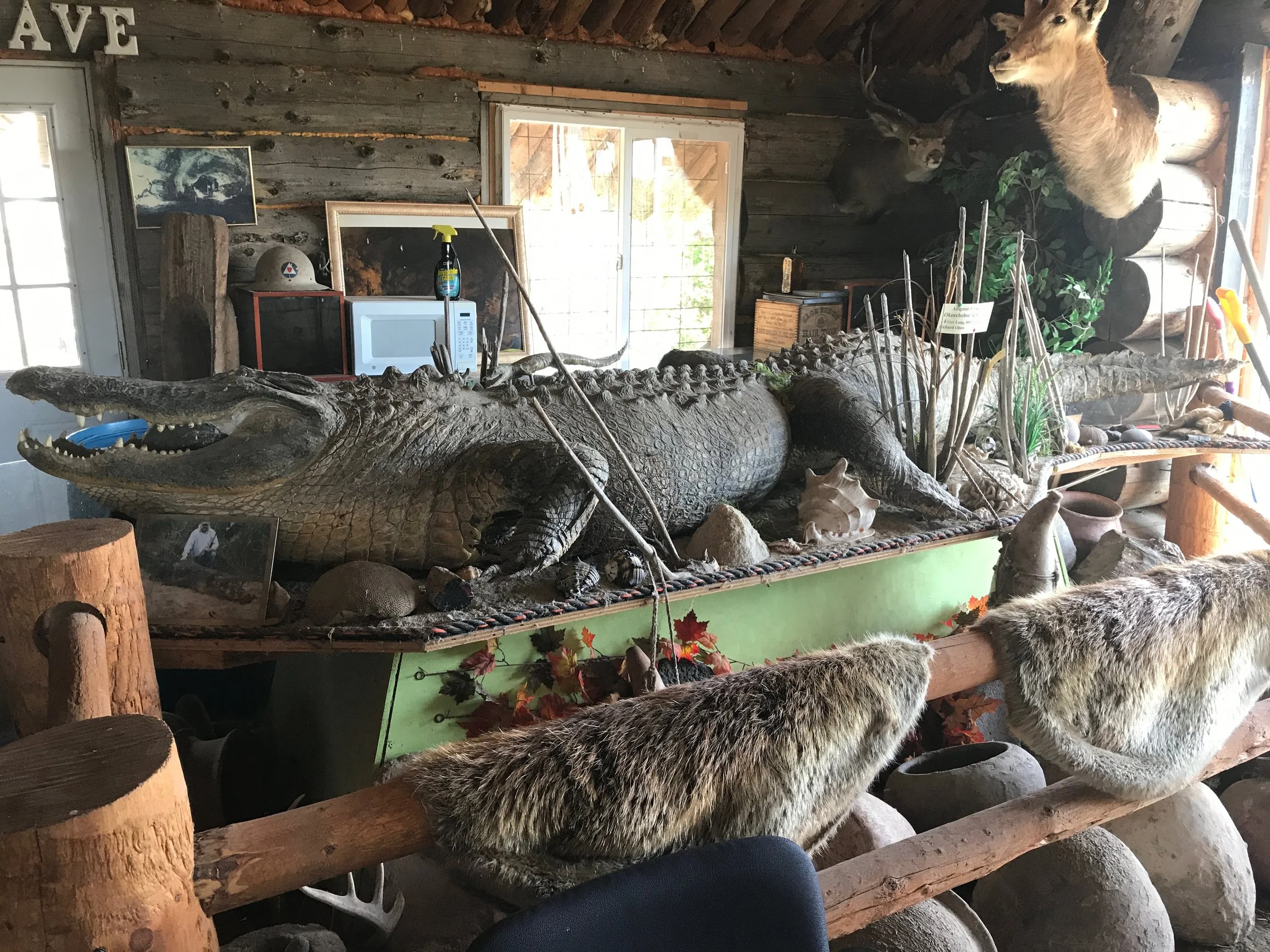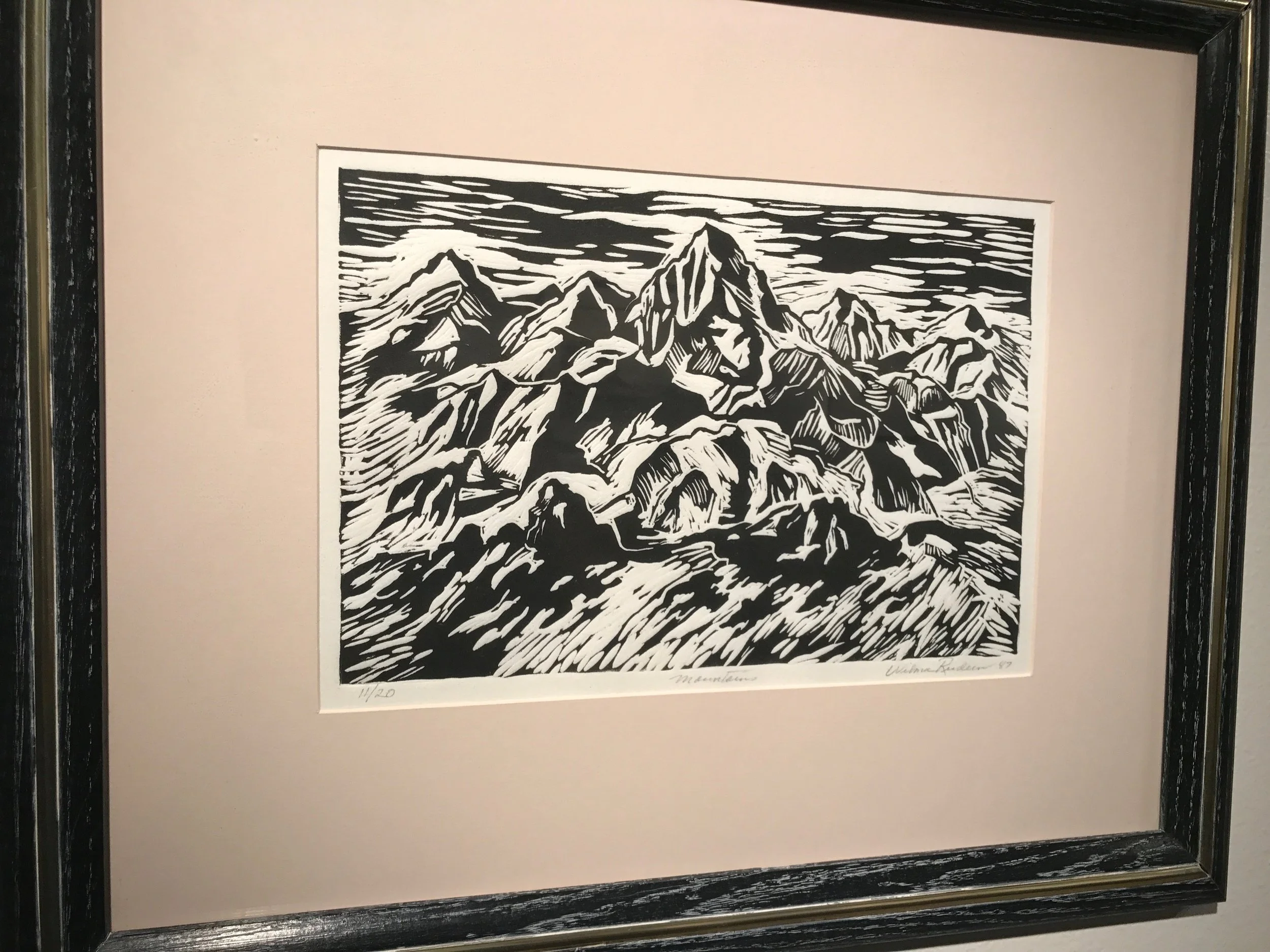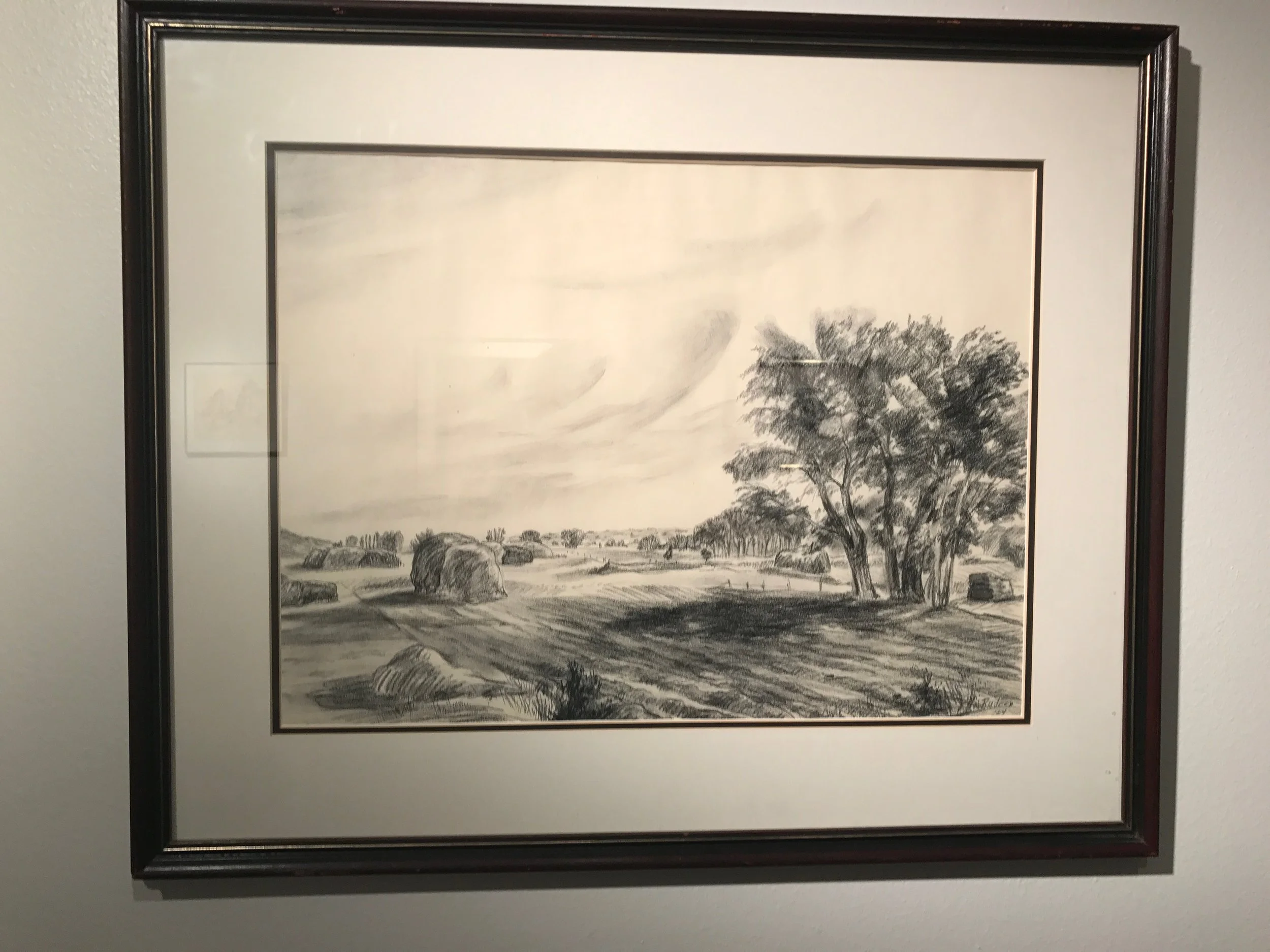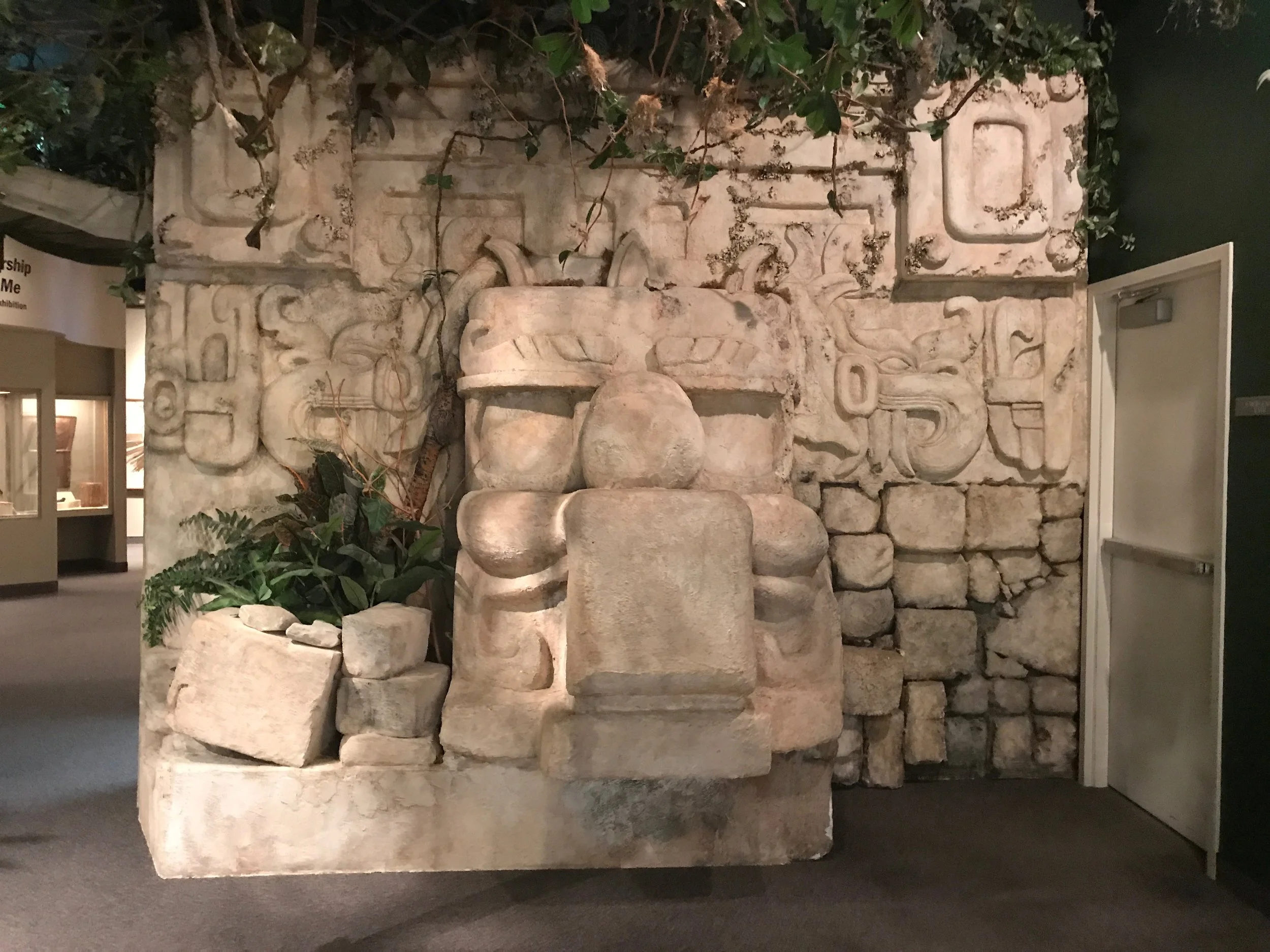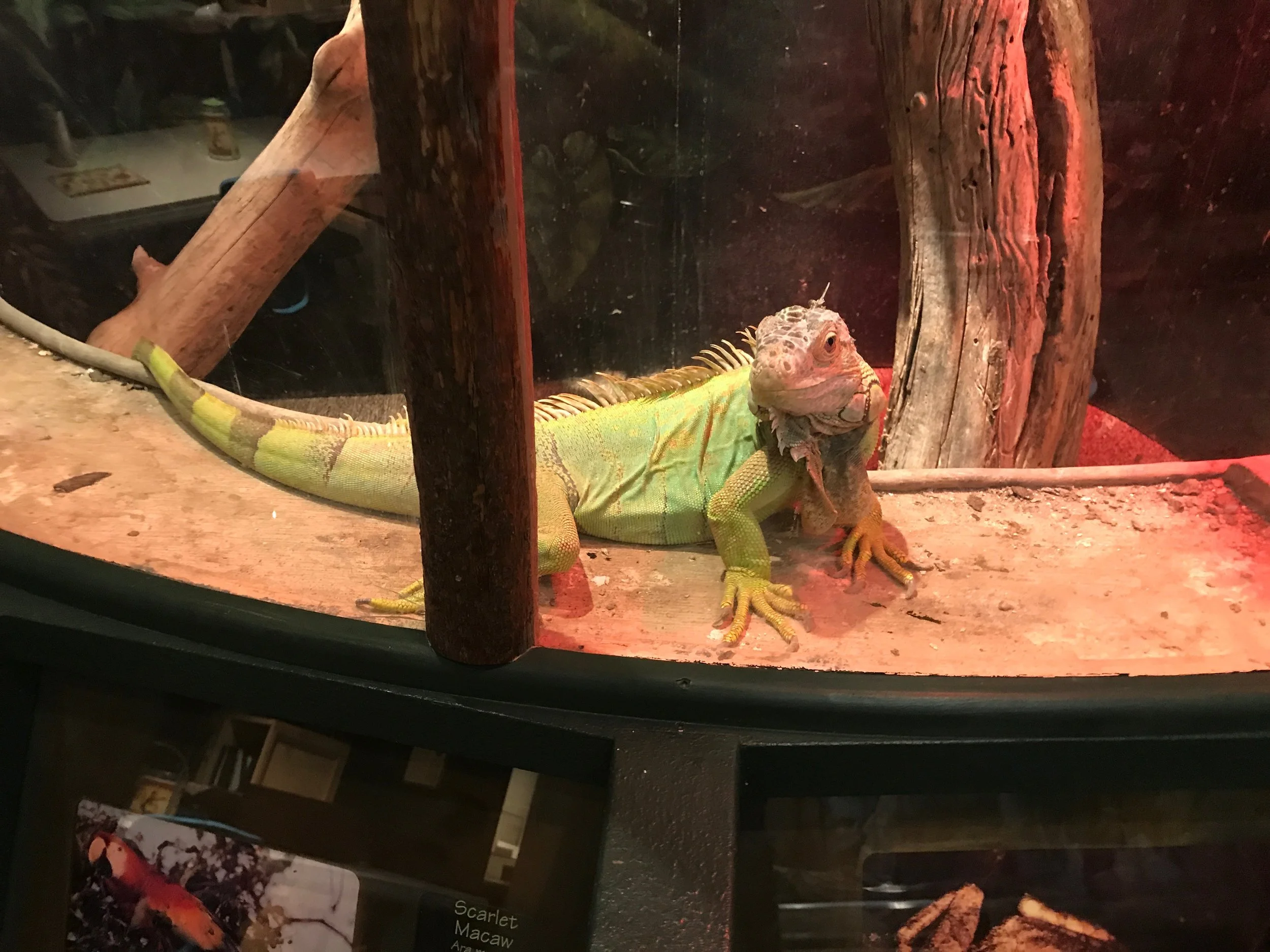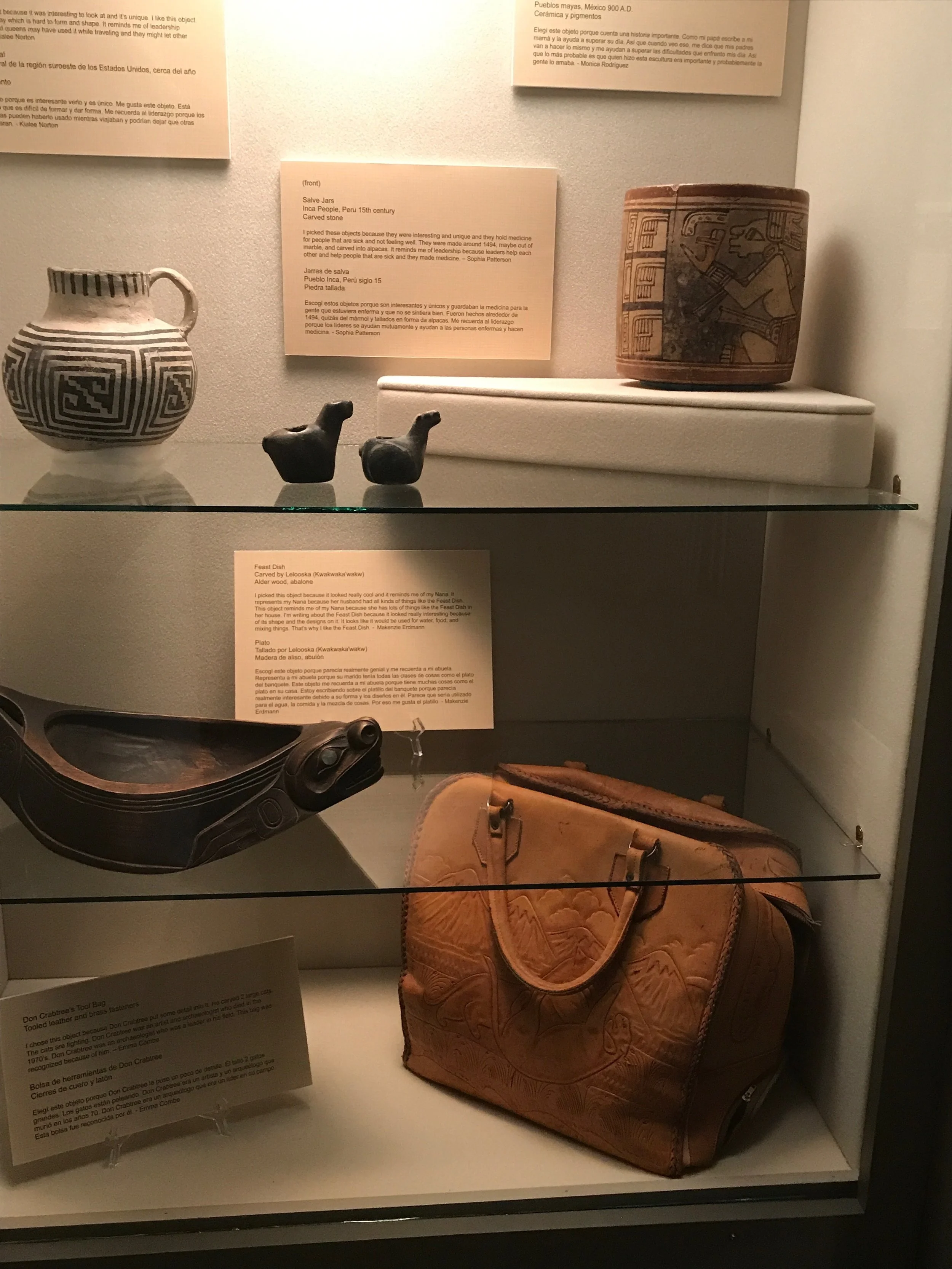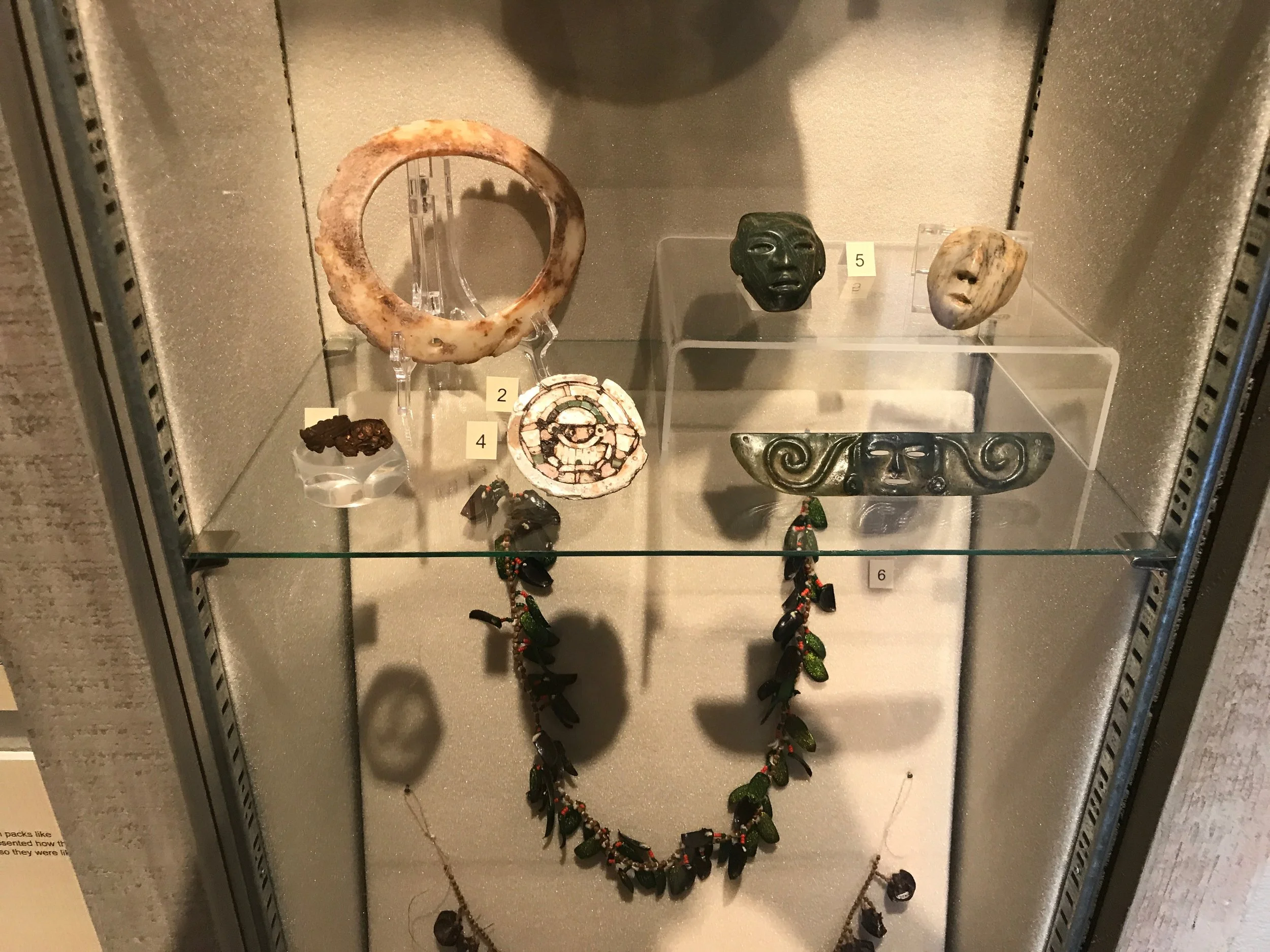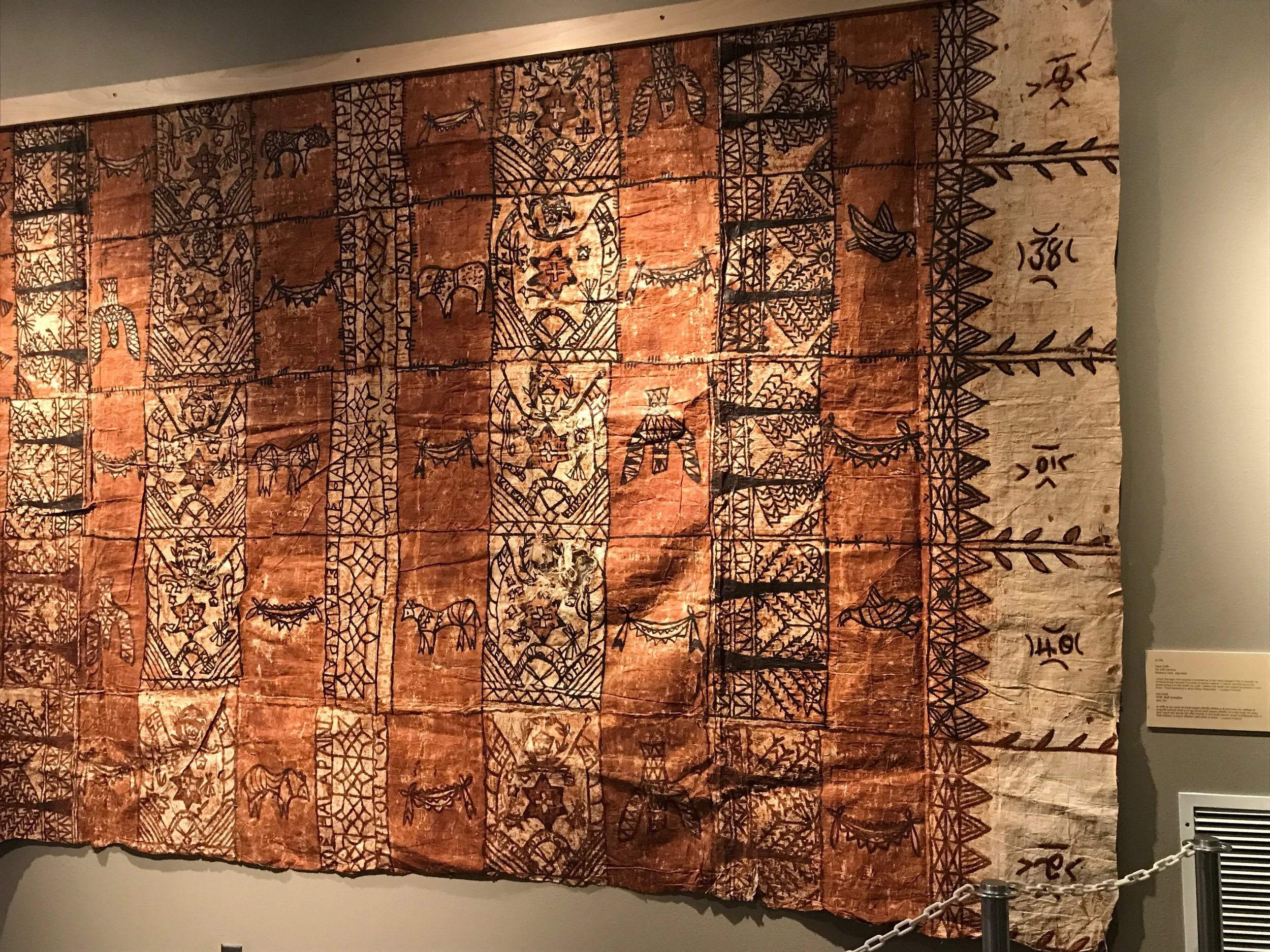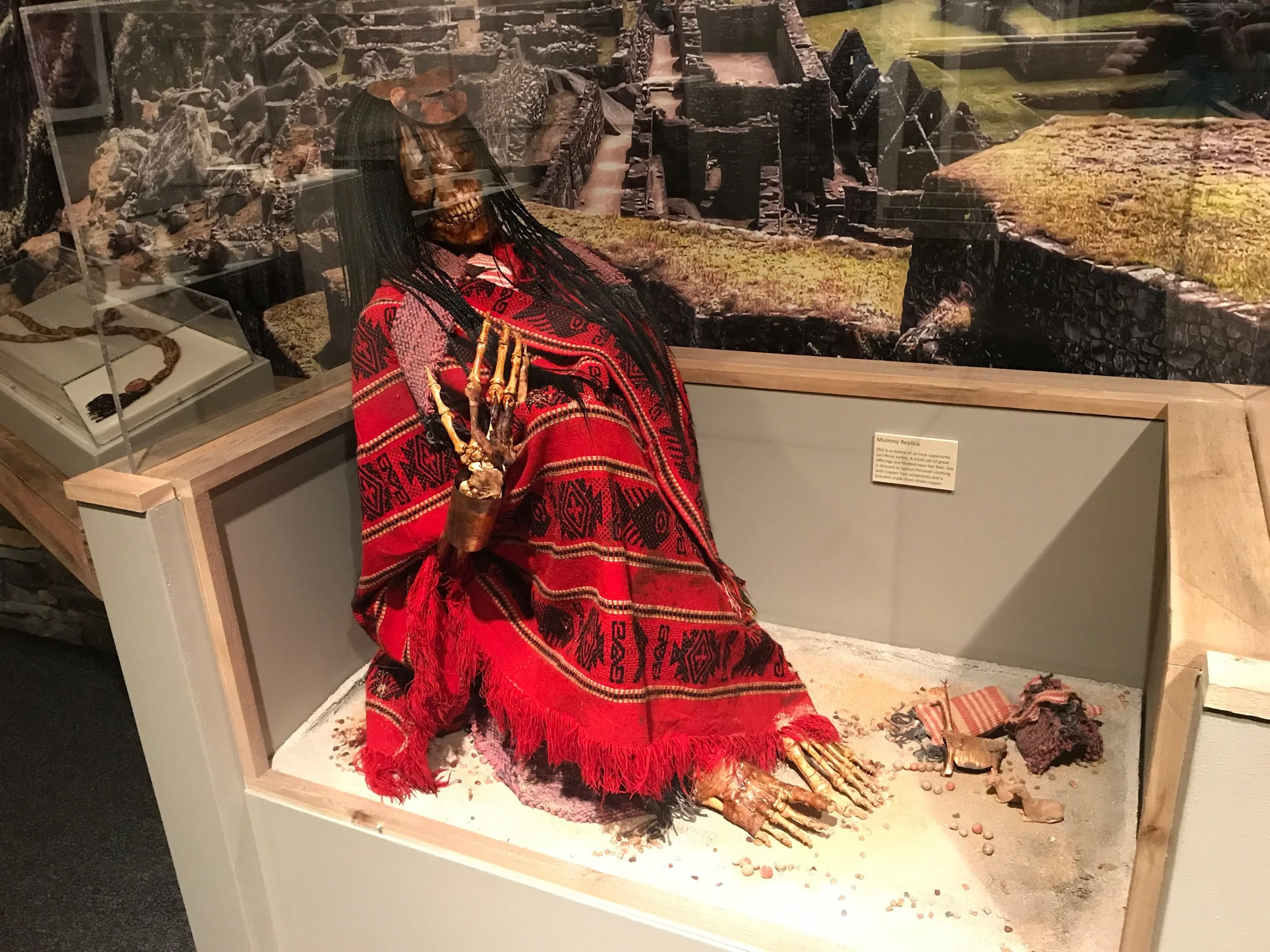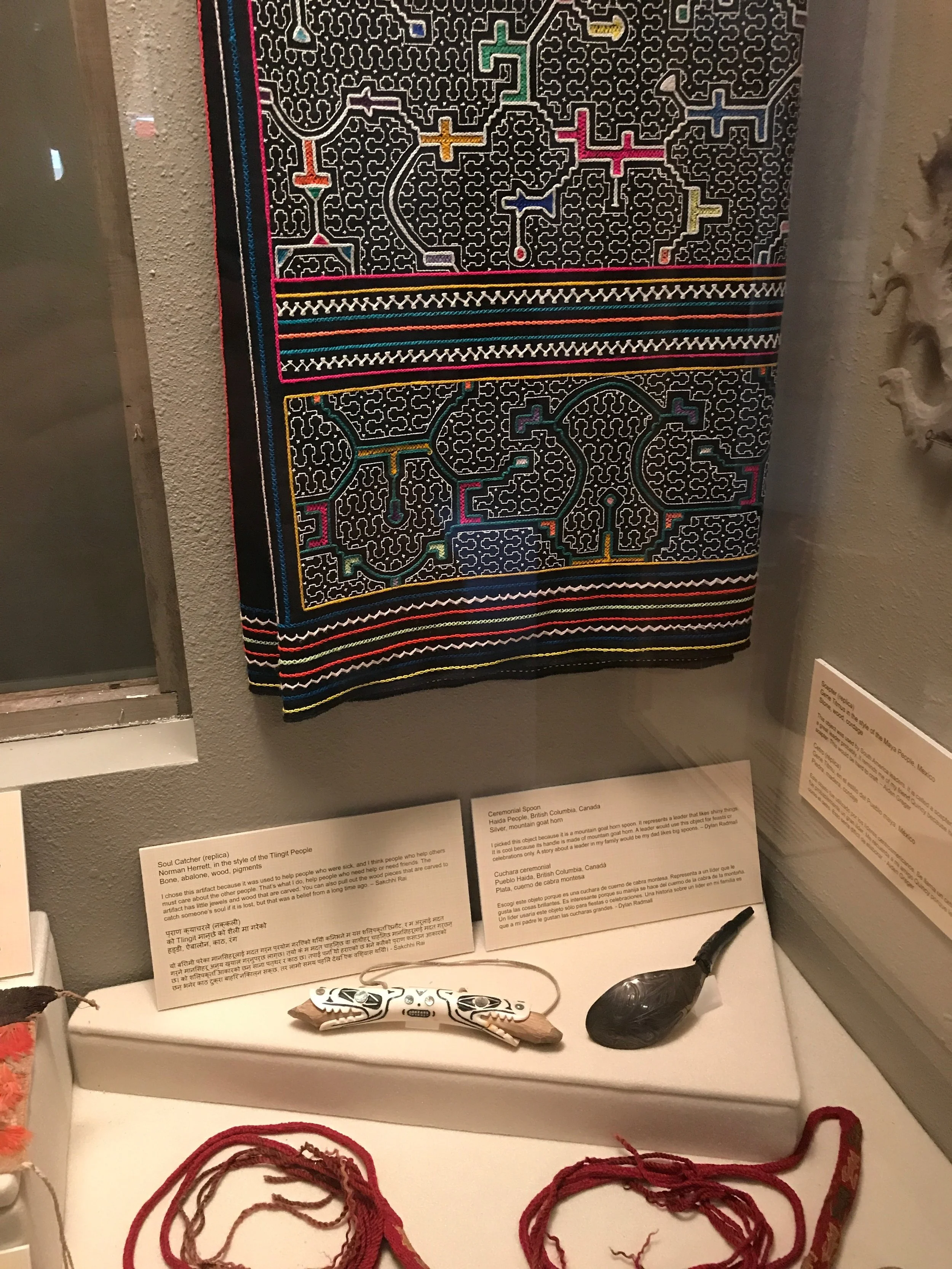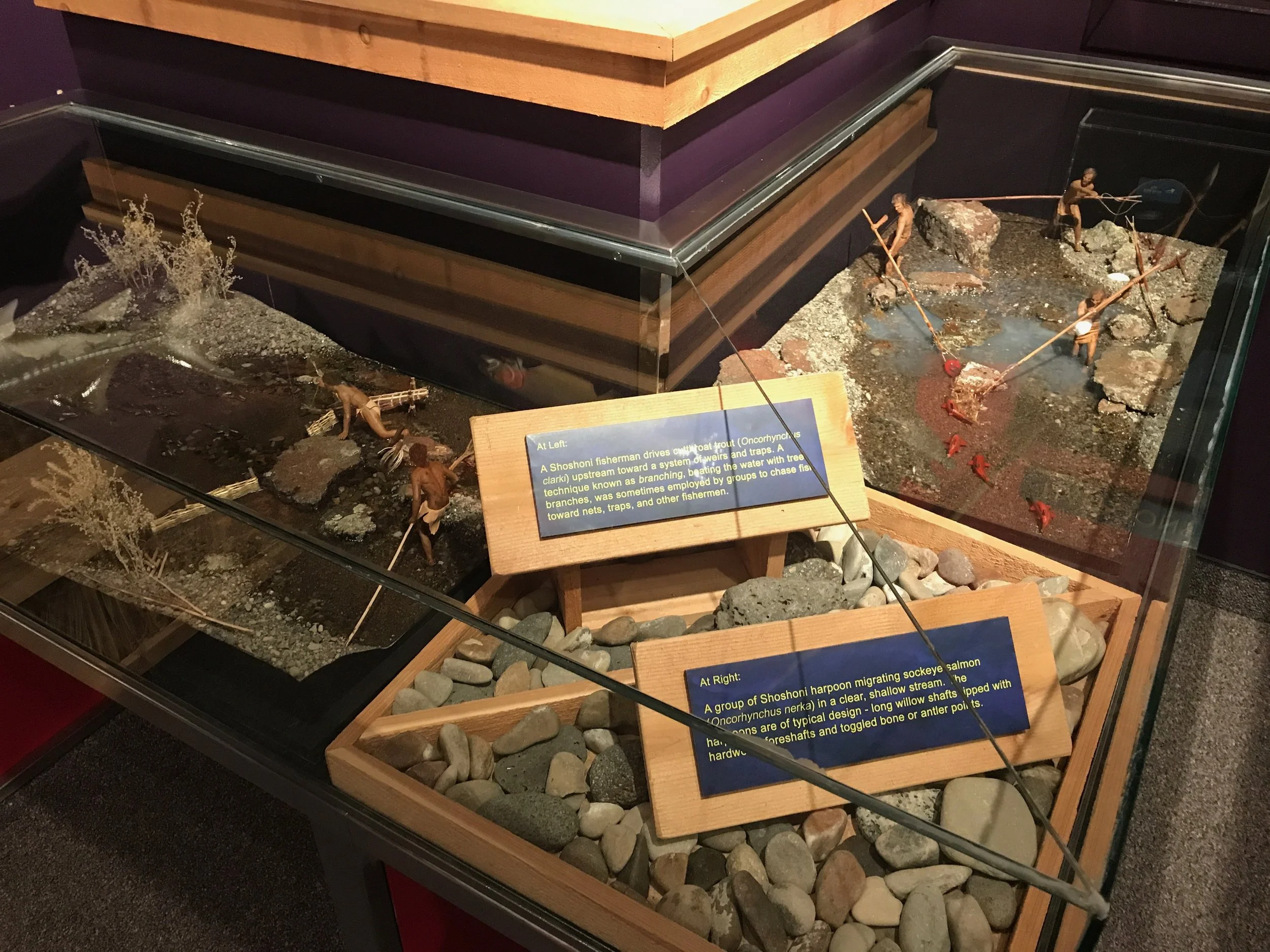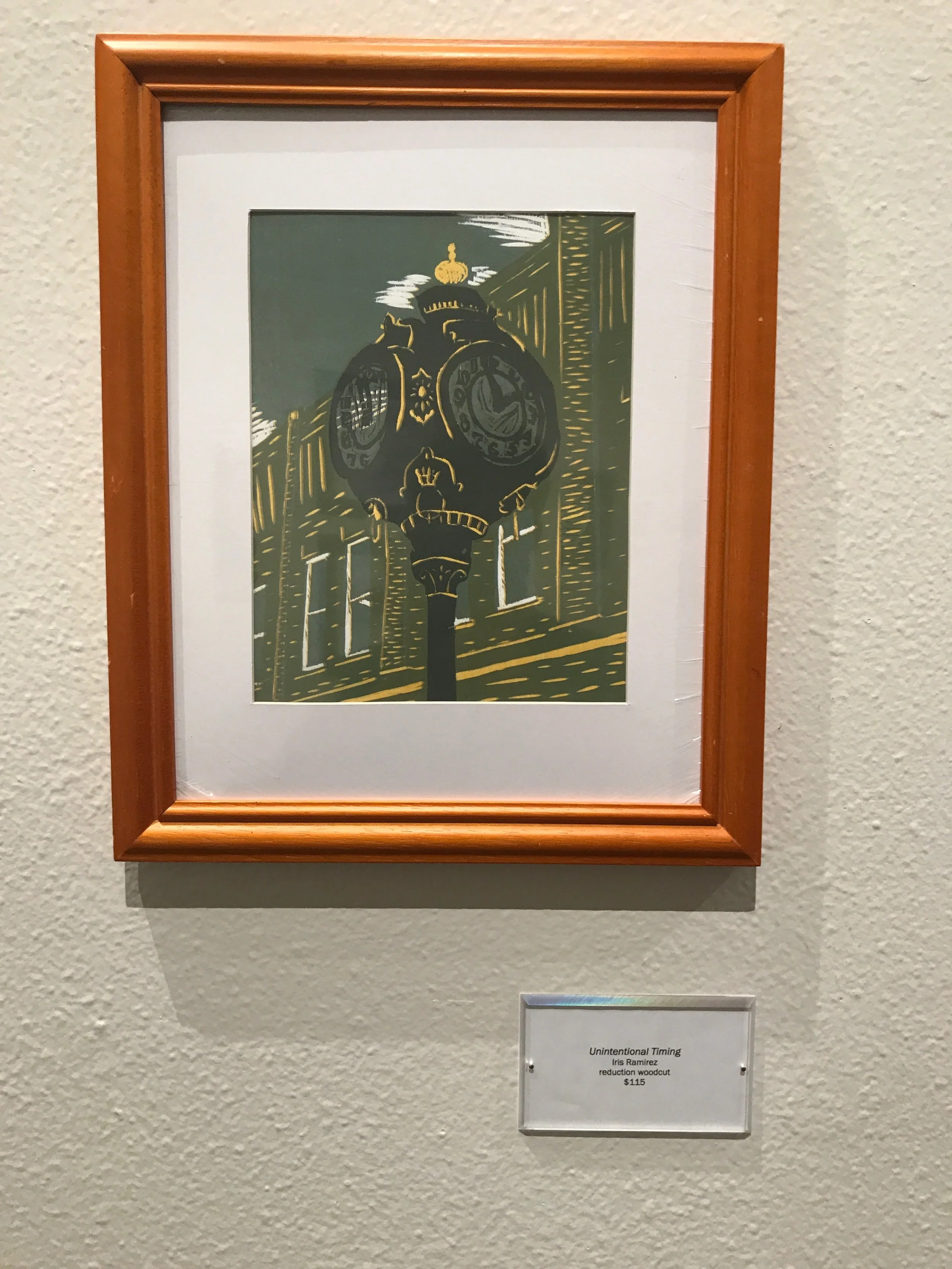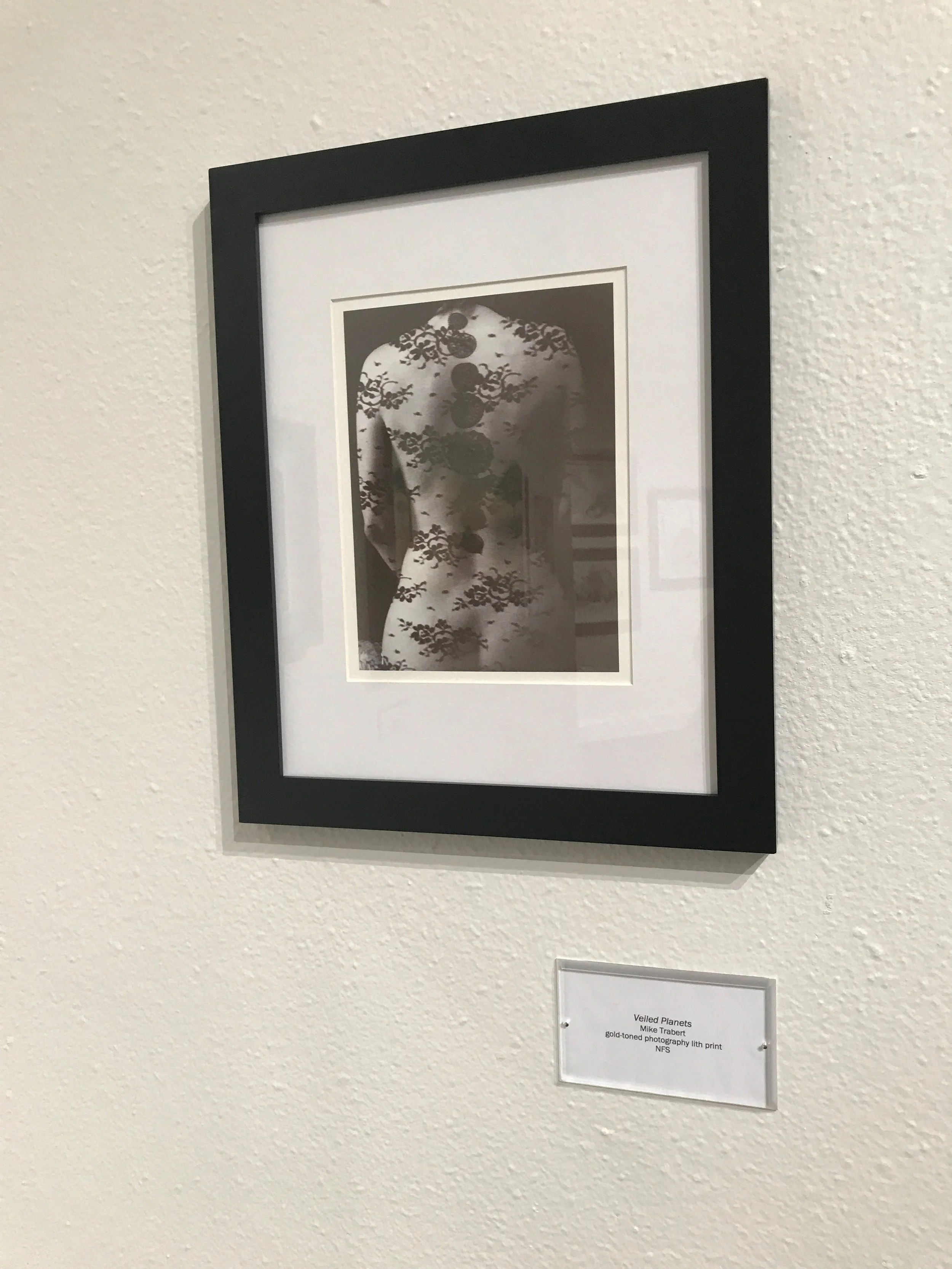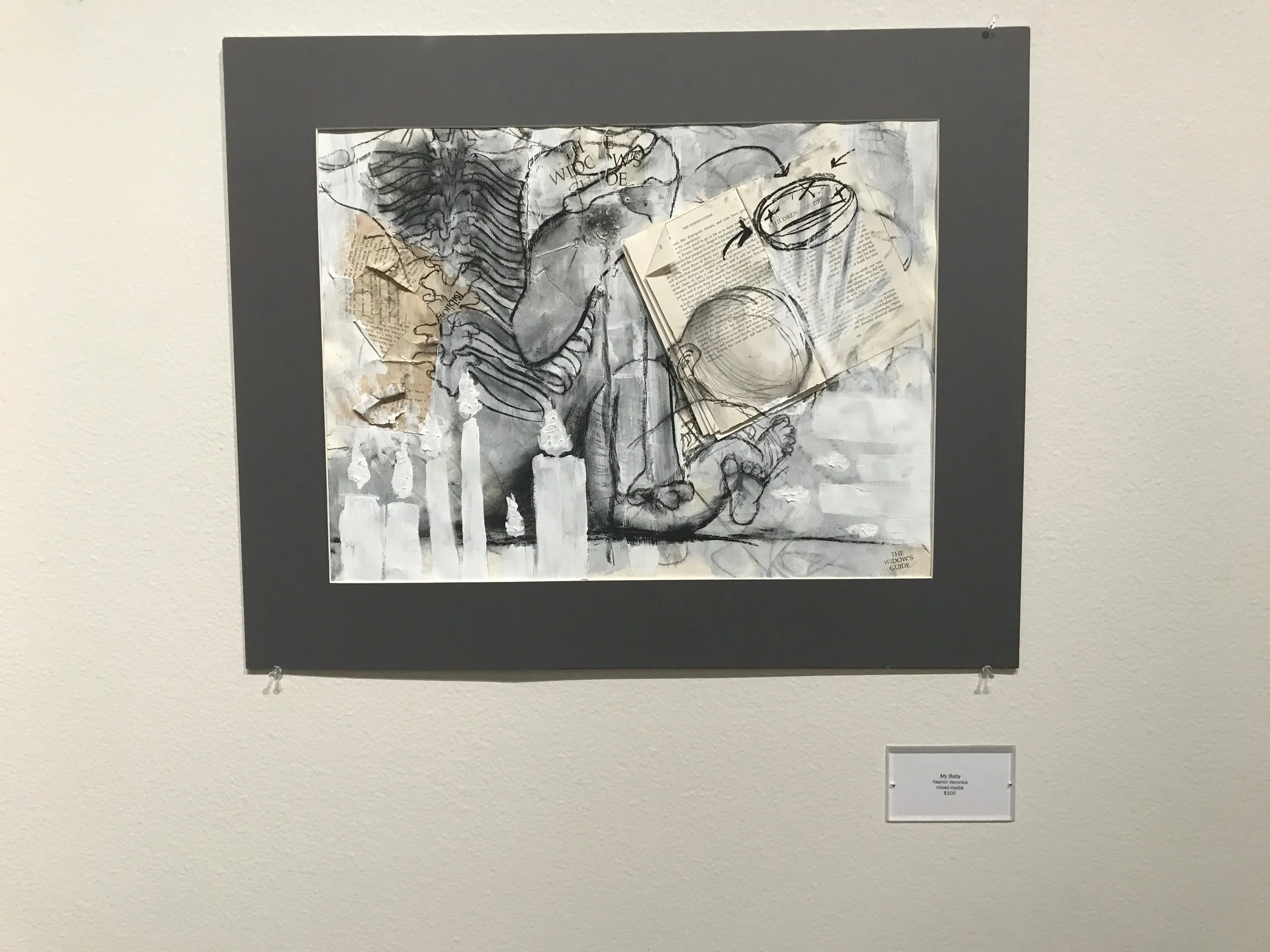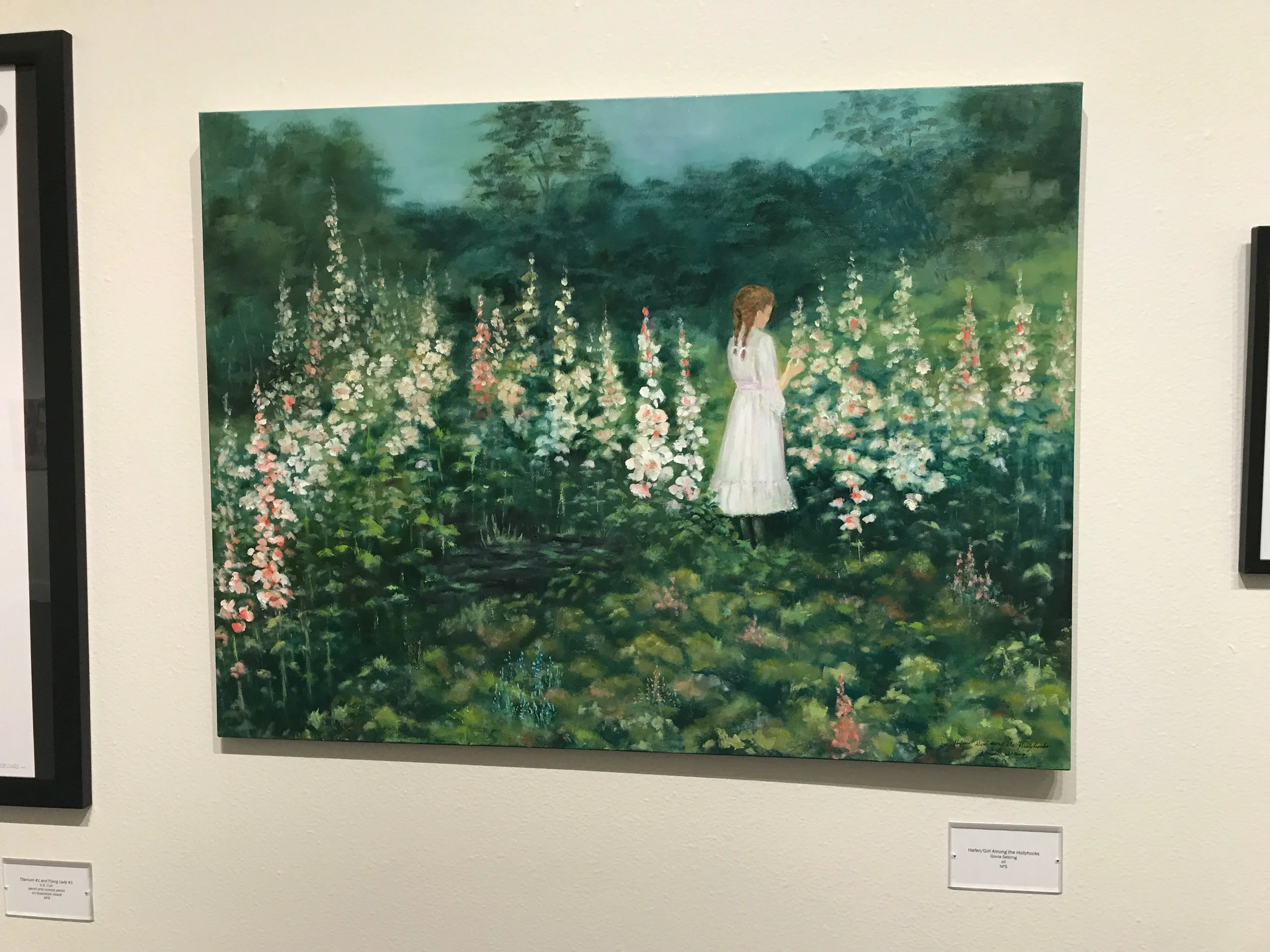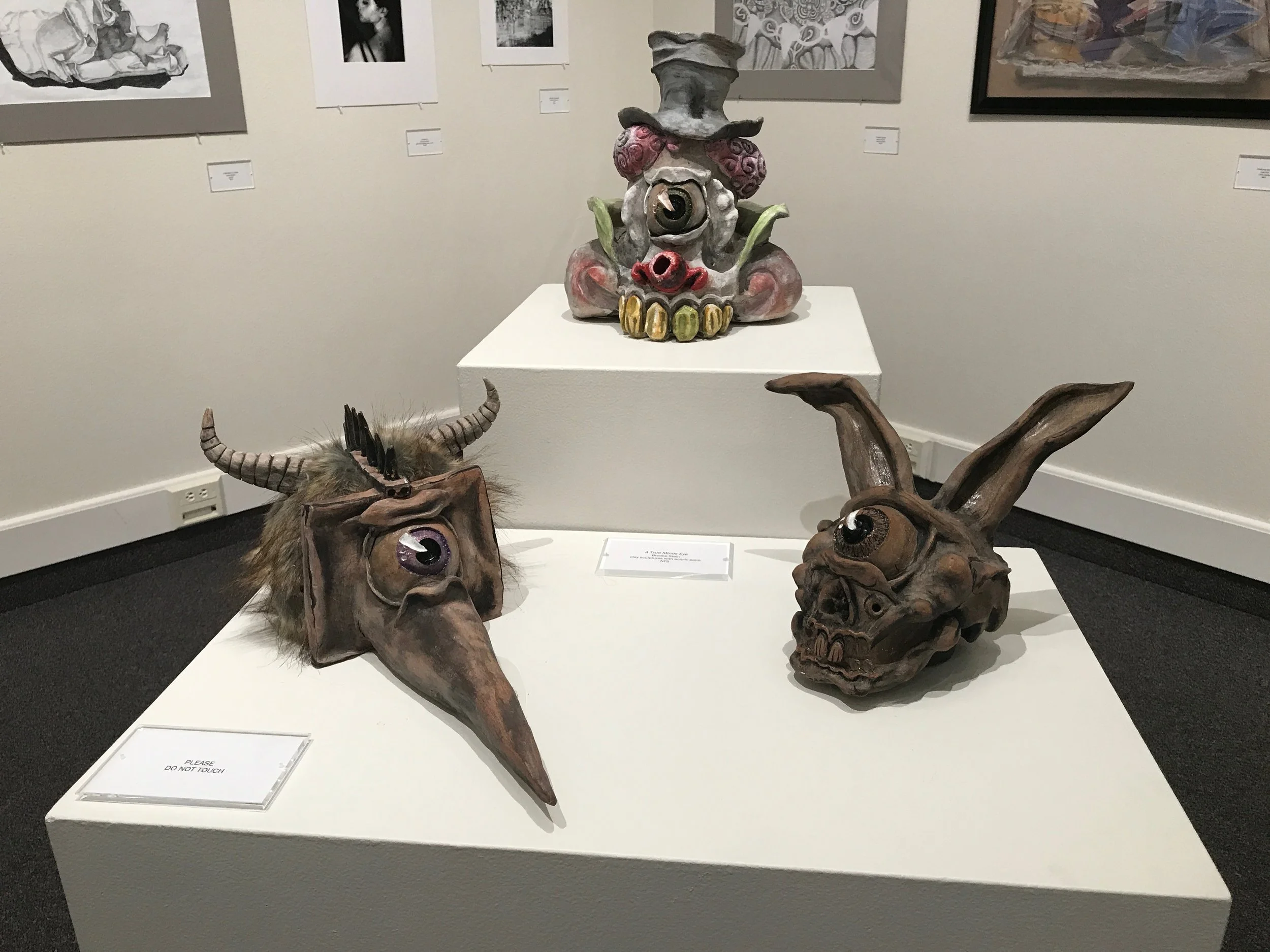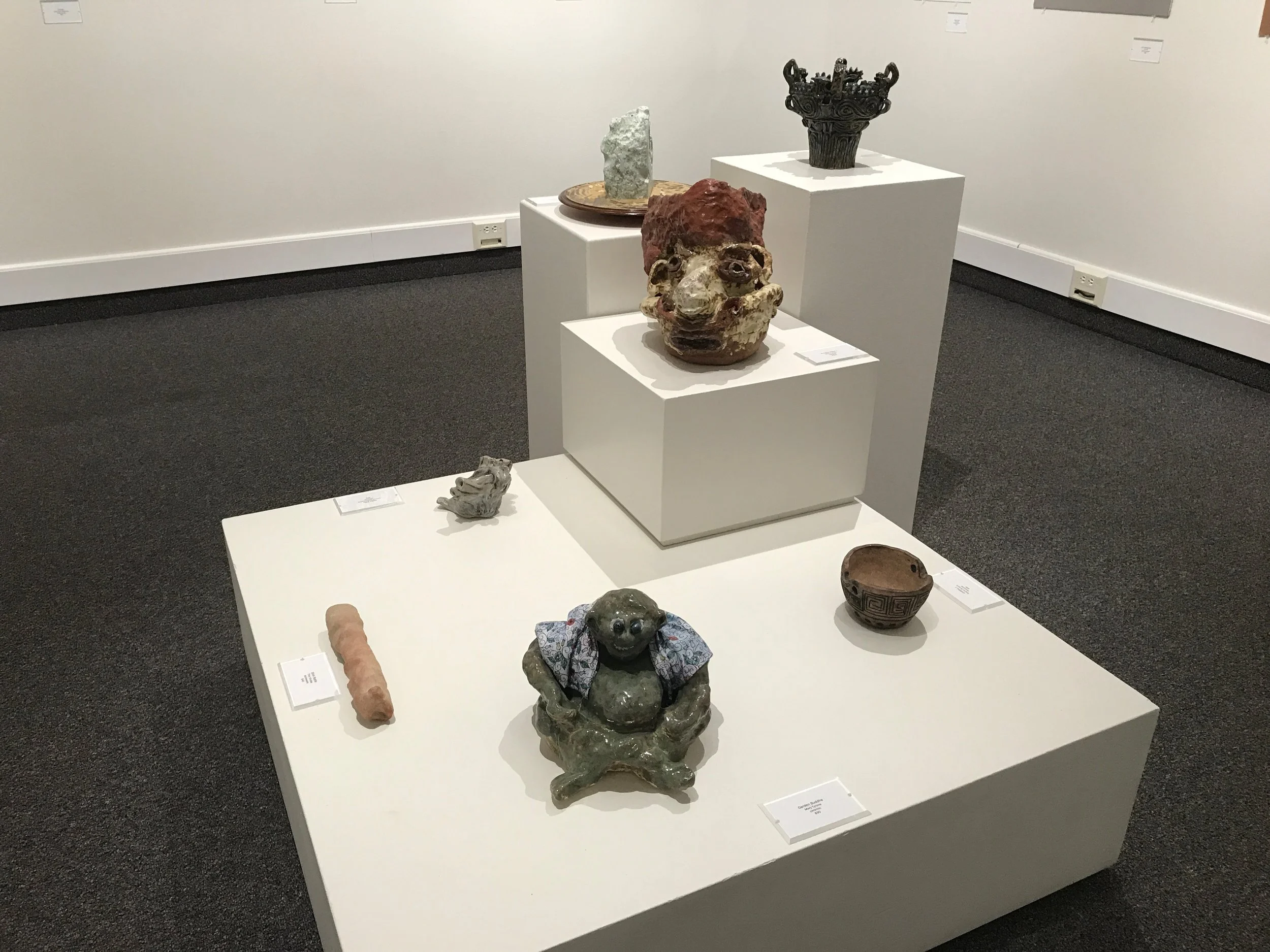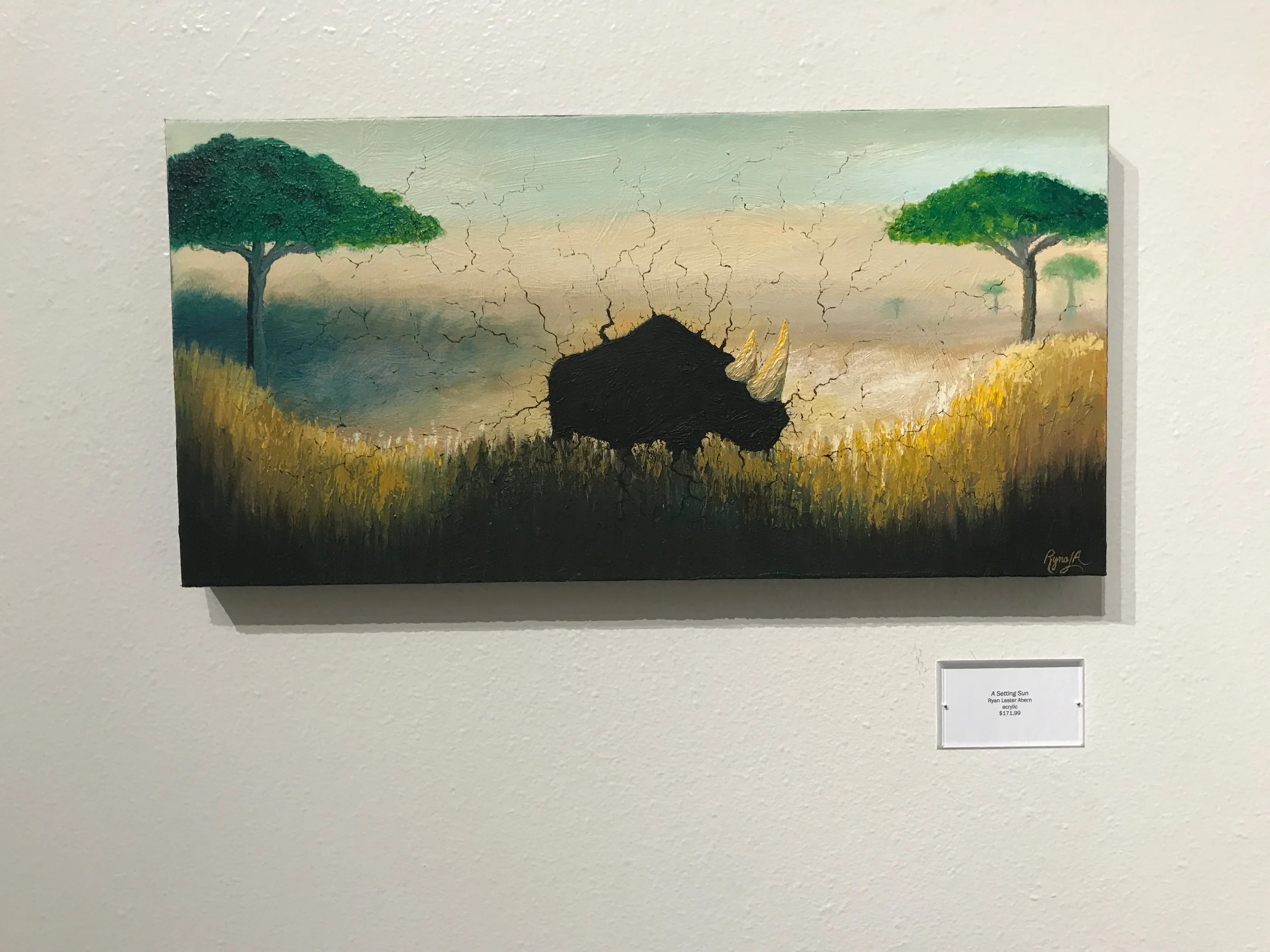ID Day 2 - Peacocks, Pre-History, and Peculiar Collections
I started today in getting a Big City Breakfast at Big City Coffee and Cafe in Boise. When I came into town yesterday, I was surprised by how un-city-ish Boise seemed for being the largest city in the state (by a landslide too, if you look at the pop. statistics), but it turns out it was just because the brewery I went to was actually about as far away from the main metropolitan area as you can get while still being in Boise so I didn’t really see the city proper until this morning. It’s a a neat mid-size city, with plenty to do but not too much bustle. I really enjoyed my breakfast at Big City. The coffee was excellent and the breakfast sandwich was so packed with eggs, cheese, and bacon that I literally had to stop halfway and save the other half for lunch. That’s a heck of a bargain to get two meals and a coffee for under $10, and oh boy was that good bacon.
With a full belly and caffeine in my brain, I decided to go exploring by seeing one of the more unusual attractions that my research came up with: Idaho’s Mammoth Cave & Shoshone Bird Museum of Natural History. This DIY museum is the passion project of three generations of the Olsen family, who are all avid collectors and naturalists. Over 30 years, they built the building that houses their impressive collection by hand with raw black lava rocks from the surrounding area, and it’s truly an impressive labor of love. I knew I was going to like the place before I even really knew what I was in store for, because as soon as I pulled into the parking lot I was greeted by a bunch of giant stone heads. Naturally I fell in love immediately (with the place, not the heads).
The other notable greeting I got before setting foot in the museum itself was from the live peacocks they have onsite. They’re very pretty birds, but they make way weirder noises than you expect them too.
Before going into the museum proper, I went to check out the other attraction on site: Idaho’s Mammoth Cave. The cave was stumbled upon by Richard Olsen in 1954, though he wasn’t the first person to discover it as evidenced by some signatures on the walls dating back as early as 1902. Richard purchased the cave, and used it for growing mushrooms for several years before the government approached him with an offer to turn it into a civil defense shelter in the event of a nuclear attack from those darn ruskies. They stored enough provisions down there for 8000 people if it came to it for over 20 years, but post-Soviet Union it’s just a fun tourist attraction. Still, it’s past makes for a hilariously disconcerting first impression.
The true extent of the cave hasn’t been totally mapped out, but the trail that the museum has made accessible to visitors goes about a 1/4 mile deep and there’s still plenty of cave stretching out beyond that. They give you a little gas lantern in the museum lobby to guide your spelunking, and there’s something both kinda spooky and sort of magical about using cave diving with old fashioned lighting because you never know what’s around the next bend, and I was always surprised and impressed by the different unexpected rock colors and formations. Plus the cave maintains a constant temperature of 41 degrees Fahrenheit so it’s cool and comfortable the whole time.
My favorite part was turning off the lantern and just looking at the little patch of sky poking through the darkness from the entrance, and then seeing how that changed as I went further in and back again.
From the mouth of the cave, I got a much better look at how impressive the home-made architecture of the museum really was. All walls of the building were built stacked 4 feet thick and 10 feet high one rock at a time. Forty-four 50 ft. long ponderosa pine trees hold up the circular roof, and 15 large cottonwood trees hand-cut into 2x10s held hold up theroofing which is made of belting from the borax mine in California . The outside diameter is 140 yards and 100 feet through the center, and I can’t believe it was all done by hand and sheer force of will.
Stepping into the center of the museum is breathtakingly surreal as you are greeted by a circular chamber (which looks stunning in the way it all fans out from the central column) positively stuffed with hundreds of taxidermied animals from around the world. The first thing I saw when I walked in was a stuffed giraffe, which I never expected to just find in someone’s back yard in Idaho so rest assured I was pretty knocked off my feet from the get go. The various animals and other artifacts collected by the Olsen family over the years are arranged in concentric circles around the space, so the deceptively small one room museum really doesn’t waste an inch of floorspace. My favorite summation of the breadth of the collection is a review addressed to the current owner that the museum chose to put on their website:
"After seeing all the time you have spent preparing and mounting all these specimens I can see why you have ex-wives."
The variety of animals was really spectacular, and I think anyone with even a passing interest in biology or zoos would have a hard time not being impressed by the sheer variety and diversity of life on this planet (that again all somehow ended up in this backyard in central Idaho). I was really happy to find out that it’s such a good collection particularly of rare birds and insects, that the local universities bring their students out to study the specimens which would otherwise be almost impossible to find nearby. Highlights for me included: Displays of those famous birds and bugs (including a disgustingly massive spider that eats birds!); a giant clam shell from a species that can weigh up to 440 lbs; a Russian Wolverine (which does look a bit like Hugh Jackman); wonderfully named Mormon Crickets; a complete Buffalo skeleton not-terrifyingly-at-all hung from the ceiling; some Alaskan king crabs which look truly wild up close with their small bodies but massive spindly legs; and a very particularly sweet and goofy duck.
For non-animal items (“Thank God,” says my mom, who hates all “creatures” reading this at home), the museum had a really impressive collection of carvings, pottery, and jewelry from Ancient Egypt and Africa, that rivals, if not outright outdoes, collections from larger museums with much bigger budgets. I really love the spirit of the museum and the sheer enthusiasm the creators had for the idea that “there’s so much lots cool stuff everywhere all over the world” and they wanted to bring as much of it as they could to where there friends would be able to see it. I’m sure the stories of how all these artifacts ended up here must be fascinating (and probably kind of sad somewhere down the line), but I’m glad they’ve found a home somewhere where they can really inspire awe.
In terms of more contemporary art, I really enjoyed this impressively sculpted fish statue. The incredible attention to detail on the scales must have taken forever, and the way he looks like he’s about to start crying any second now is a fun touch.
The museum also had a cool collection of artifacts from local Native American tribes. I was most impressed by the stone tools, partly because the rocks were really beautiful (and neatly arranged into a buffalo skull) but also because there were just so many different types. Altogether it paints a fascinating portrait of the resourcefulness and creativity of some of the earliest people to live off this land.
There were also tons of collected rocks and minerals that weren’t used for any particular purpose, but sure are pretty to look at. I’m always so astonished at how many crazy colors and shapes appear in minerals just by happenstance. Some highlights for me included: a stone baryte rose from Oklahoma, shiny petrified wood (including some almost totally rusted over old pioneer guns); fossilized dinosaur tracks; meteorites; and obviously some fossilized dinosaur poop
In true Wunderkammer fasion, the museum even had a literal cabinet of curiosities featuring not one but two sets of two-headed ducklings, whereas most lame museums don’t even have one.
Lastly was a four foot long alligator that one of the owners killed and stuffed himself. I sometime get squeamish about hunting but when it comes to gators, I feel like they’re scary enough that if you somehow win a fight with one you get to be proud of that. Good lord, they are monstrous though.
My next stop for the day was the town of Twin Falls, where I promptly got some good coffee at a place called Java Twin Falls, whose cups had the fantastic slogan “Wake up and Live” which makes you sort of scared to not drink their coffee for fear of not living.
Properly perked up, I made my way to the College of Southern Idaho campus to see the Herrett Center for Arts and Science, which started out as a homemade observatory and planetarium behind a local jewelry store. The owner Norman Herrett just really loved space, and his interest was infectious attracting students and curious visitors. As popularity grew, Herrett added anthropological exhibits of artifacts from across the Americas and works by local artists to his little jewelry store extension. Before his death, he bequeathed all of his collection to the recently founded college on the condition that they build a nice home for it. I thing they did a hell of a job on that condition, because before stepping foot in the Herrett center I just had to take a moment to appreciate what a beautiful building it was. It doesn’t hurt that the weather was pretty much perfect.
The first gallery I saw was a small showcase of a local artist named Wilma Rudeen who really blew me away with incredibly vivid landscapes in a variety of styles. I particularly like the juxtaposition of a jagged angular mountain woodcut with a wispy dreamlike drawing of recently farmed field. I really like how she captures skies with just a few well places lines.
Next I went to the anthropological/historical galleries which opened with an impressive recreation of a Mayan temple complete with central american rainforest foliage, both of which I wouldn’t have expected to see this far up north. The carvings had such wonderful attention to detail but I hate that all my dumb brain could think of was Nickelodeon’s Legends of the Hidden Temple
To complete the rain forest aesthetic, the museum had terrariums with live animals from that part of the world including pythons and iguanas. The pythons were sleepy boys (though looking at him on that ledge, I am astounded that something without arms or legs is so good at climbing), but the iguana was very alert and playful darting around his cage to follow me as I walked around. It’s possibly he just thought I might feed him, but I’m going with that we just had a connection.
The rest of the gallery was filled with different artifacts from the Mayans and the Incas showcasing just how technically advanced these cultures got. They had really beautiful ceramic and weaving techniques, and even figured out mummification half a world away from the Egyptians. I particularly liked the stonework though because the combination of the artistry and the striking materials was really gorgeous.
On the other side of the Americas, the museum also featured artwork from the Northwestern and Canadian Native American tribes. I really liked the artwork from the Tlingit people (whose predominant territory was roughly the entire coast of modern-day British Columbia up to Alaska. I think I’m just a sucker for that pretty mother-of-pearl gloss they were able to get out of abalone shells.
Next up was a smaller display about the early hunting and fishing practices of the local Shoshoni people. The artifacts here were interesting, but I most enjoyed the model dioramas because they give a really great bird’s eye view of the impressive co-operation used for capturing lots of fish without scaring them all away. It really makes you realize how spoiled we are to just simply have easy access to grocery stores.
Next up came an exhibit about even earlier inhabitants of the Americas with an impressive collection of fossils found in the area. While I’m always excited to have seen not one but two museums with fossilized poop today, the real highlights for me were a crazily well preserved trilobite (spiny boy on the top left) and a massive complete wooly mammoth skeleton. Look at the size of those tusks!
Next up was the museum’s art galleries, which while I was there featured highlights from the annual showcase of works by the college’s art students. The variety of styles was really impressive, and it was great to see that the museum and the town gives such a nice outlet for these talented young artists to strut their stuff. Highlights of the works on paper for me were: a very neatly colored woodcut clock by Iris Ramirez; a sad but lovely photograph by Elizabeth Labat of an fading older woman in the woman in the background with a picture of her in her youth in the foreground; a dreamily digitally altered photograph by Mike Trabert; a sad but amazingly textured mixed media piece about the loss of a child by Yasmin Veronica; a stunning oil painting of a mountain by Robert Clumie (I might have got his name wrong my photo was blurry); and a lush storybook-esque painting by Gloria Sebring.
A big highlight though was the impressively surreal 3-dimensional works in ceramics. My favorites here were three truly terrifying but incredibly made cyclopses made by Brooke Stein, but I also really enjoyed a charmingly casual Buddha in a little Hawaiian shirt by Mary Tyrone.
My absolute favorite piece though was this acrylic painting of a rhino called A Setting Sun by Ryan Lester Ahern. It’s both beautifully well realized and also dreamily abstract, and I love the way energy just seems to radiate out of the animal crackling along the canvas. The texturing is so incredible, and I just kept finding myself coming back to look at it. I hope these kids find a way to keep making art, because I’d love to see how they grow from here.
After all that art and history, I started to head back to Boise, but I made one quick stop at the Twin Falls Visitor center so I could a get long look at the jawdropping vista that is the town’s overlook of the Snake River Canyon. I’m almost glad I had no idea Idaho was so beautiful before coming here, because it means I got to spend my whole week being totally knocked out by the scenery.
After that I made my way back to Boise to have a nice dinner and an early night since there weren’t any open mics on my radar. By complete happy accident, I happened to park right across from a fantastic bit of public art on the front of the Grove Hotel. The Boise River Sculpture by artist Allison Sky is 19 ft wide and 50 ft. tall and made of granite, neon, and fused glass to create the image of a magical river climbing up the building. All the materials are intentional reflective so at night, the sculpture can be lit up with to create dazzling displays to wow passers-by and presumably lure in a few hotel guests along the way.
For dinner I went to a terrific restaurant/distillery (a combo the world frankly needs more) called Bardenay, named after old sailor slang for cocktails. They make their own rum, gin, vodka, and various liqueurs, but they want to emphasize drink craft as well as creation so their specialty cocktails feature a blend of their own spirits and ones from other producers to create incredibly satisfying concoctions. I really wanted to try their house cherry liqueur which they recommended as a float in other classic cocktails so I did that into an Old Fashioned for a dark and fruity whisky drink that really blew me away. Somehow despite putting so much love and attention into their drinks, their food was also amazing. They specialize in a lot of New American fare, but I was most enticed by their satay skewers, partly because I was still getting over how massive my breakfast sandwich was but mostly because I absolutely could not resist the sound of their ginger-lime chicken. The skewers came with two garlic, citrus-and-ginger marinated chicken satays served with sesame-soy dipping sauce and they were just popping with delicious flavor. For fifteen bucks, you’d be hard pressed to find a better light and tasty drink and food pairing.
Favorite Random Sightings: A place called The Beehive with the wonderfully sassy slogan “it's a hair salon, honey”; The unfortunately acronym-ed UTI distribution; Country Boy Excavation; a bumper stick that said
”Blue Girl Red State” (I know what she means, but I like picturing a smurf)
Regional Observations: There’s some great public art all over Boise (which is actively and wonderfully cultivated and funded by the city), but this piece in particular by April VanDeGrift stood out for having the most sinister looking Turkeys I’ve ever encountered.
Albums Listened To: Swimming With the Fishes by Vic Ruggiero (a fun but poorly recorded live bootleg); Swordfishtrombones by Tom Waits (the album that marks Tom’s transition from bluesy beatnik to the carnival barking crazy person we know and love); Take Me Home by ZOX (some good Providence boys)
People’s Favorite Jokes: None today, but one from the world wide web:
A woman goes into the local newspaper office to see that the obituary for her recently deceased husband is written. The obit. editor informs her that the fee for the obituary is 50 cents a word. She pauses, reflects and then says, Well then, let it read "Fred Brown died."
Amused at the woman's thrift, the editor tells her that there is a 7 word minimum for all obituaries. Only a little flustered, she thinks thing over and in a few seconds says, In that case, let it read, "Fred Brown died: 1983 Pickup for sale."
Songs of the Day:
a sweet and mean duet
Swordfishtrombones was the first album Waits made after meeting his soon-to-be-wife Kathleen Brennan whose theatrical background pushed Tom to do more stuff like this. It’s wonderful that something so weird is the product of young love
so wild to see people rock out to violin
Bonus Tom Waits, living his best life:



